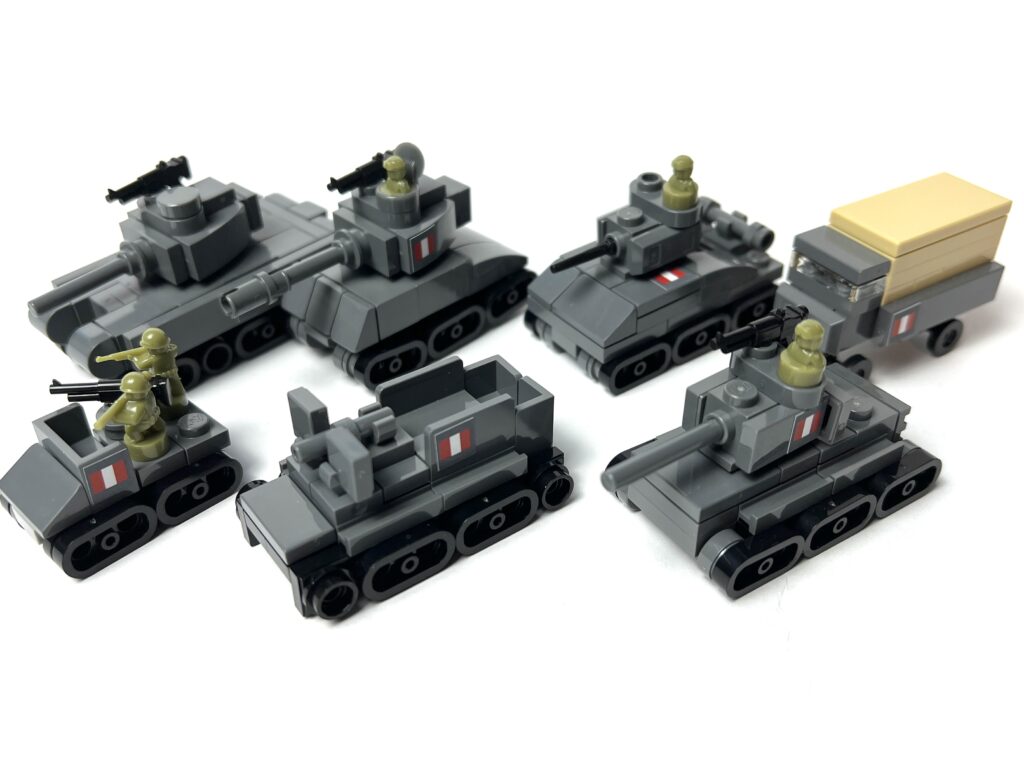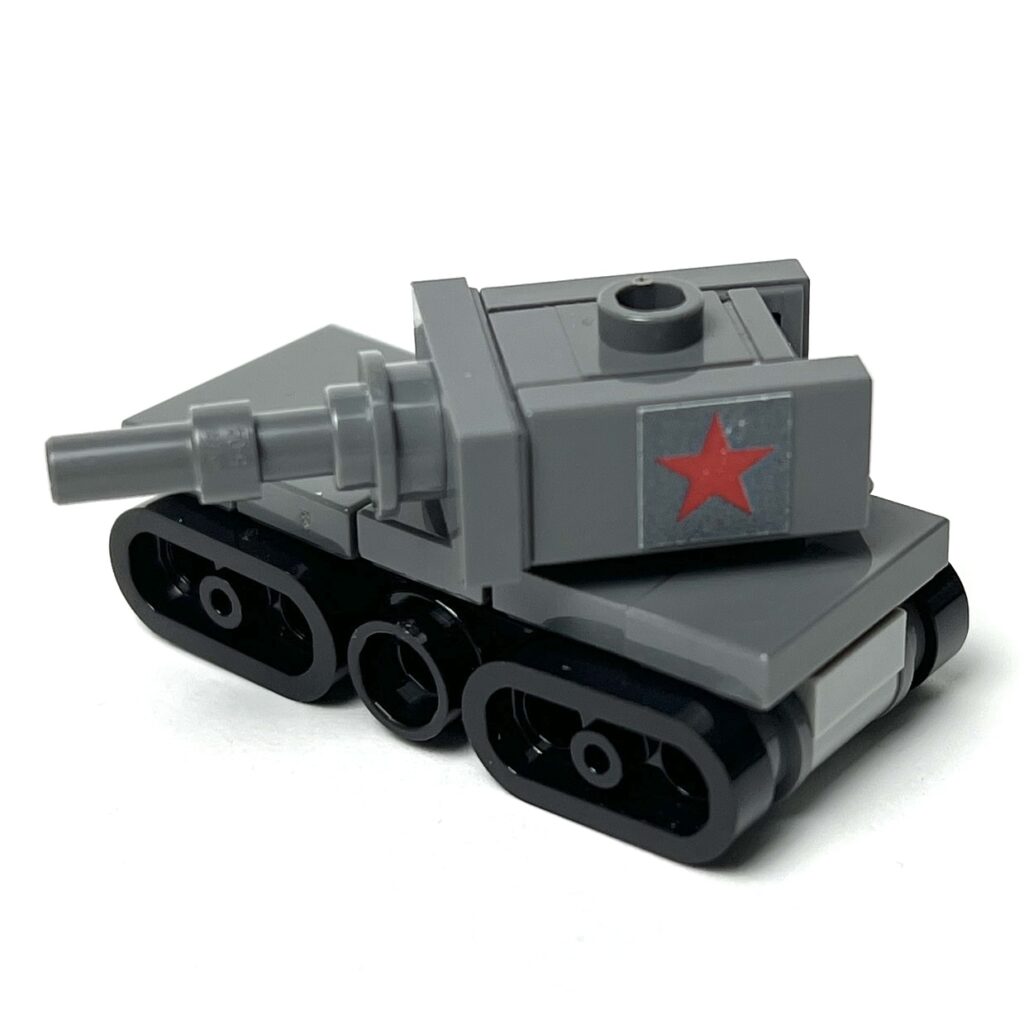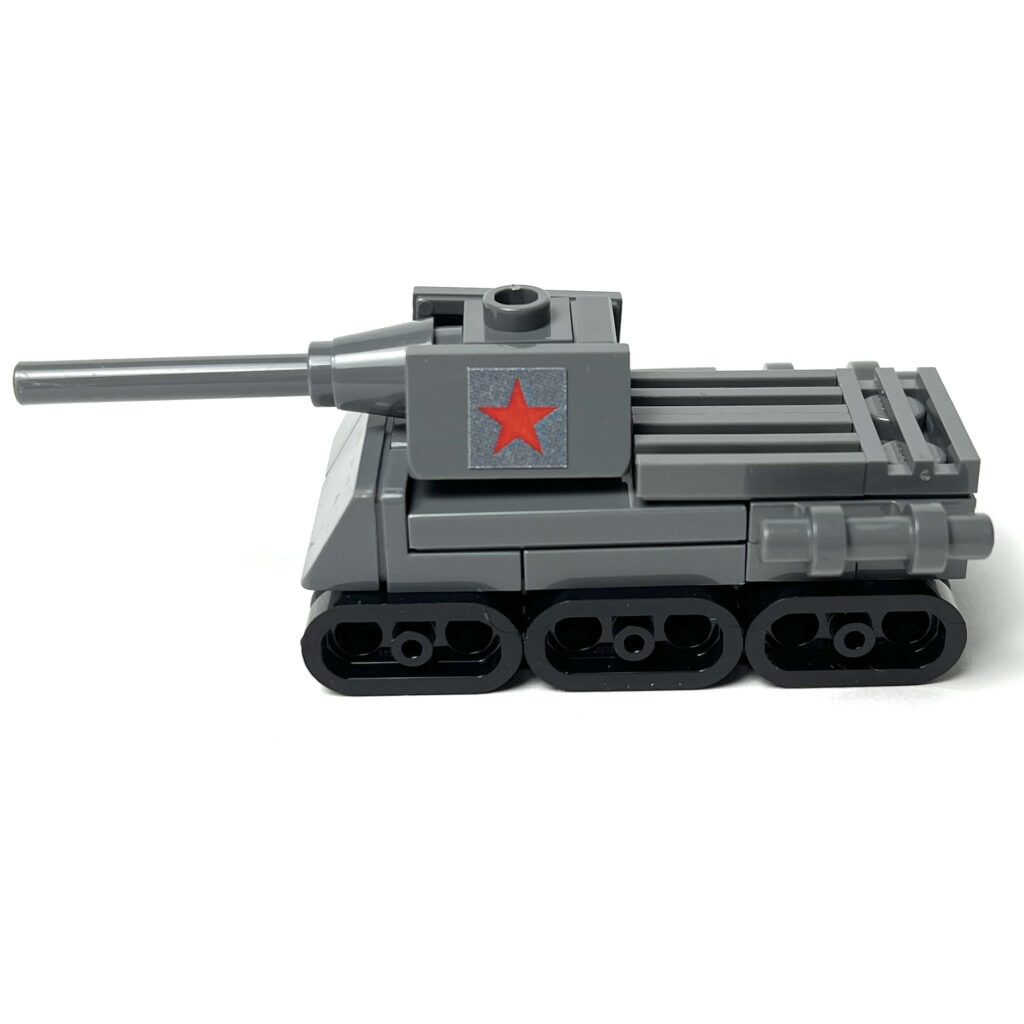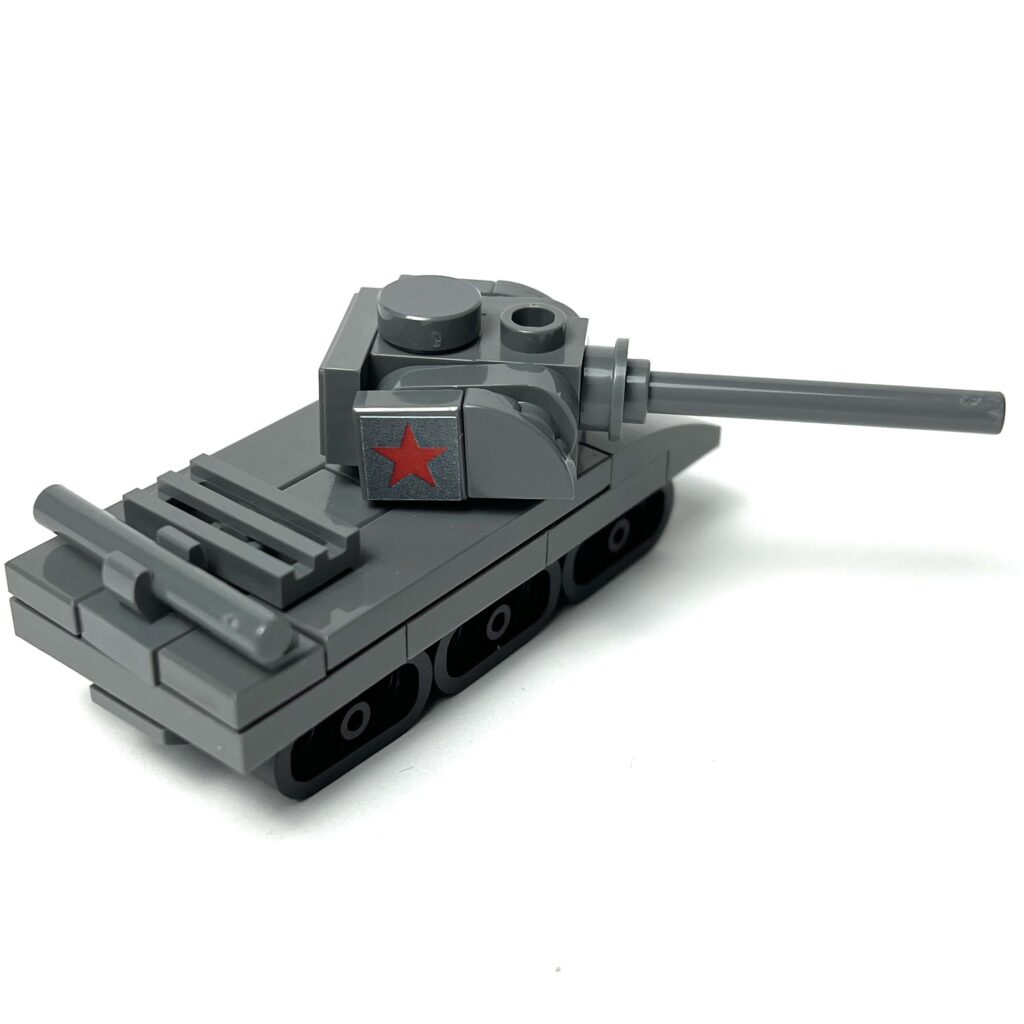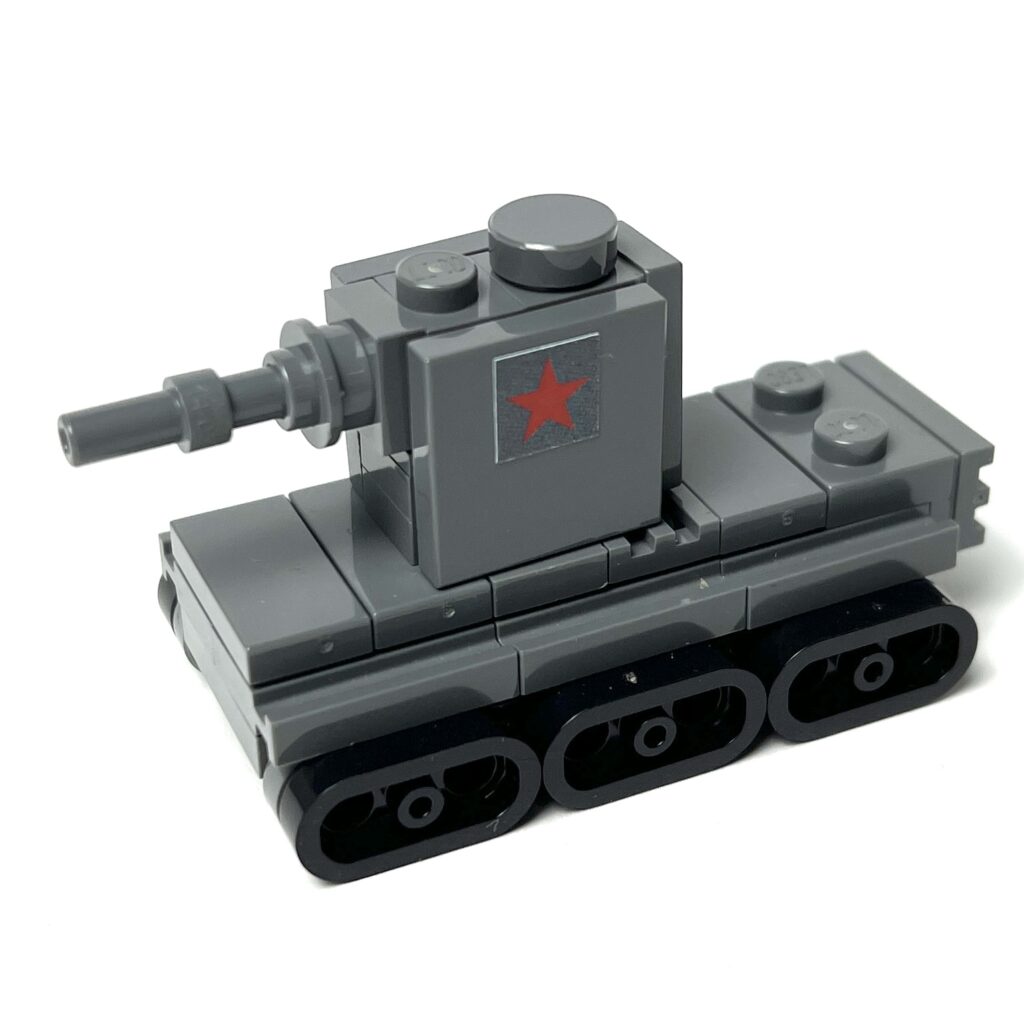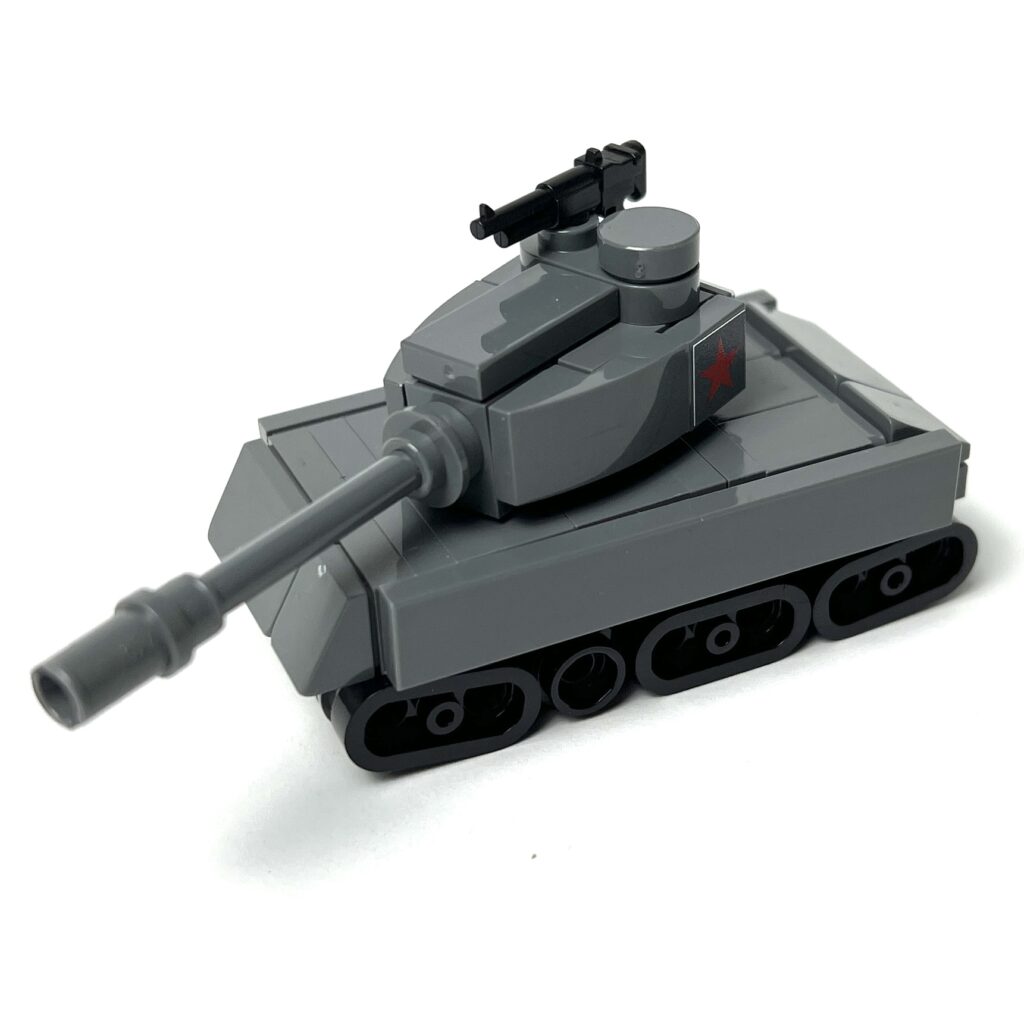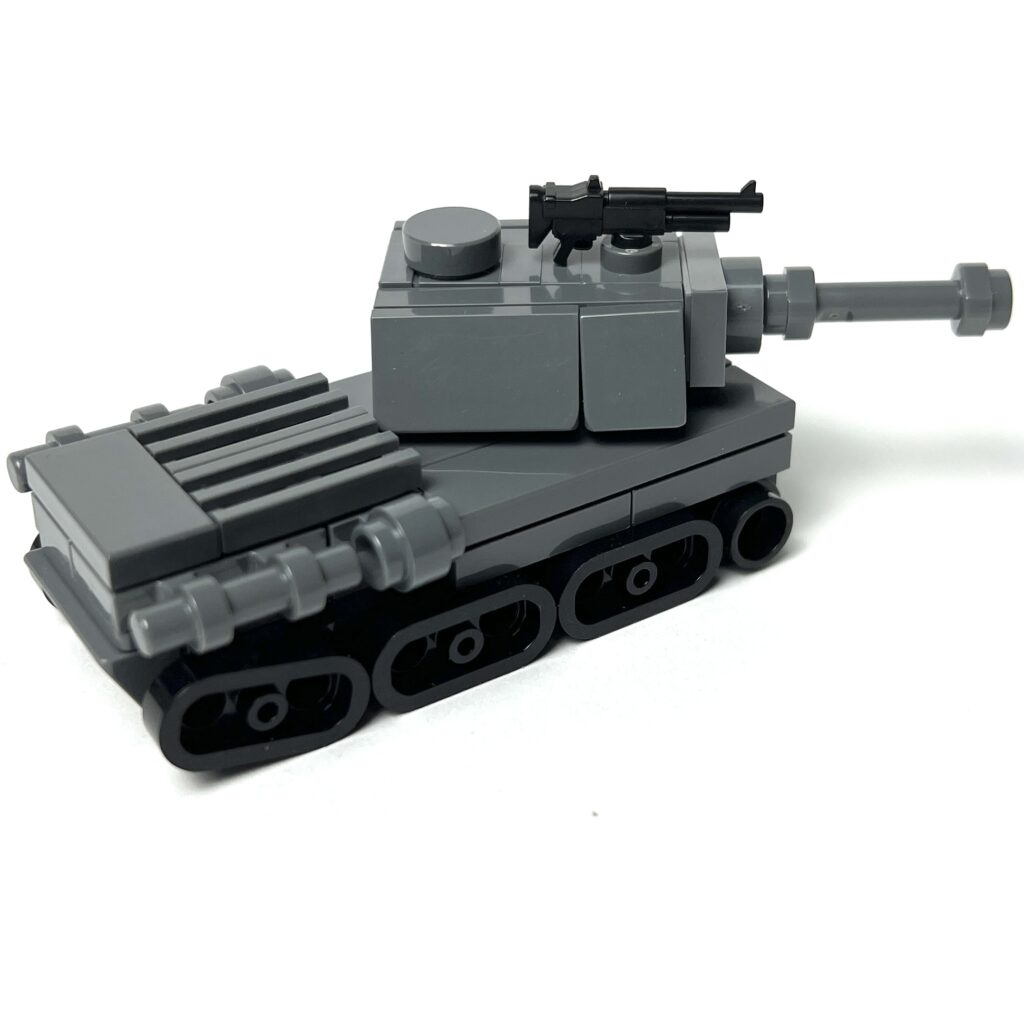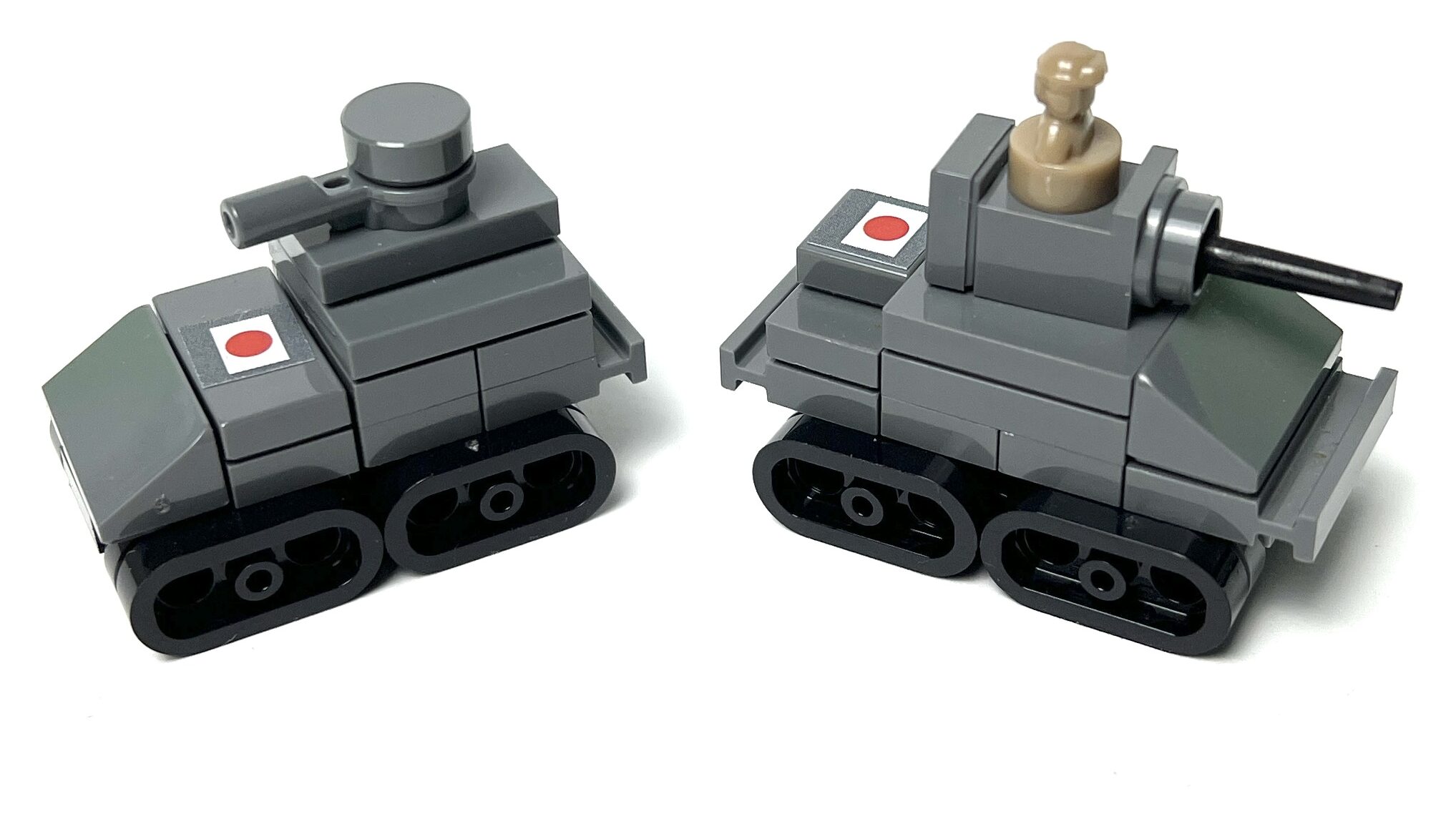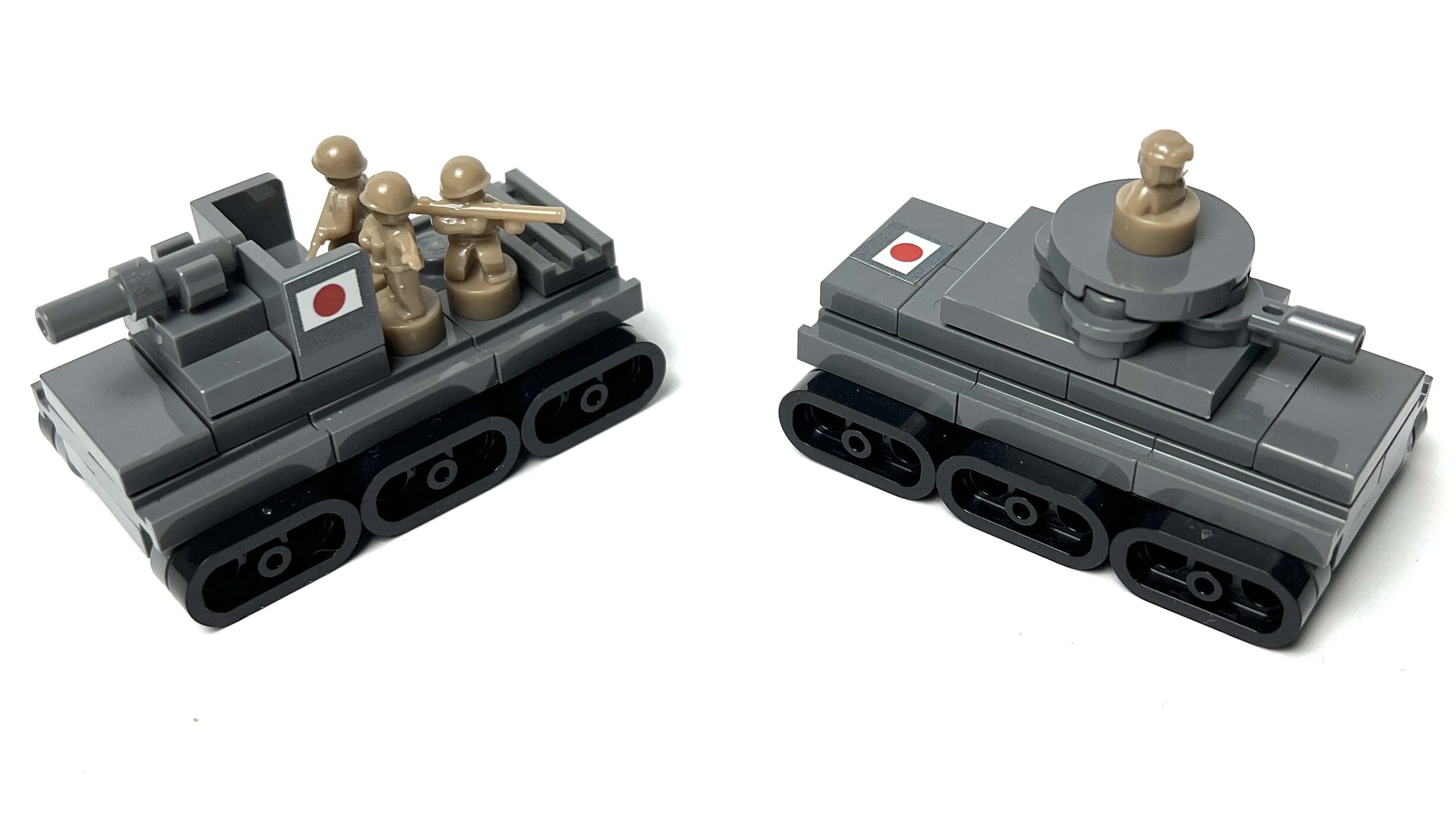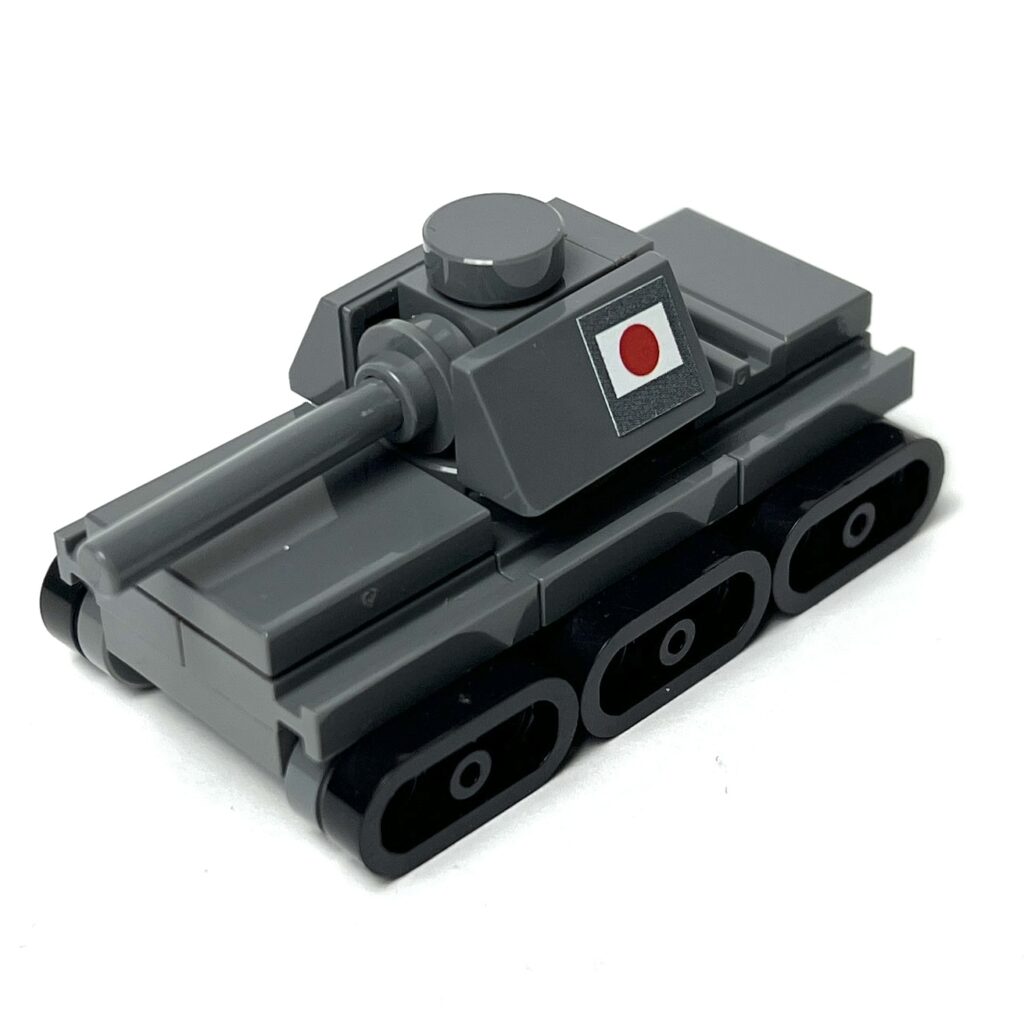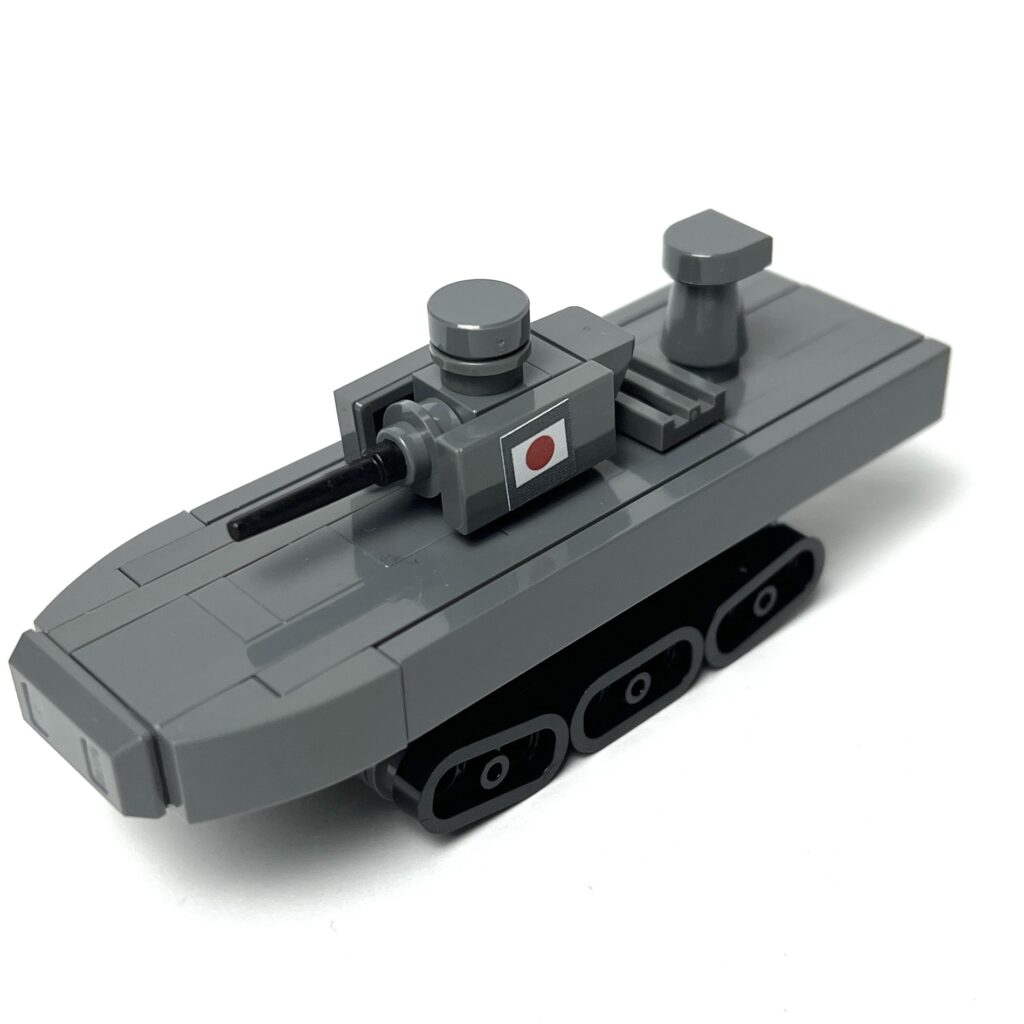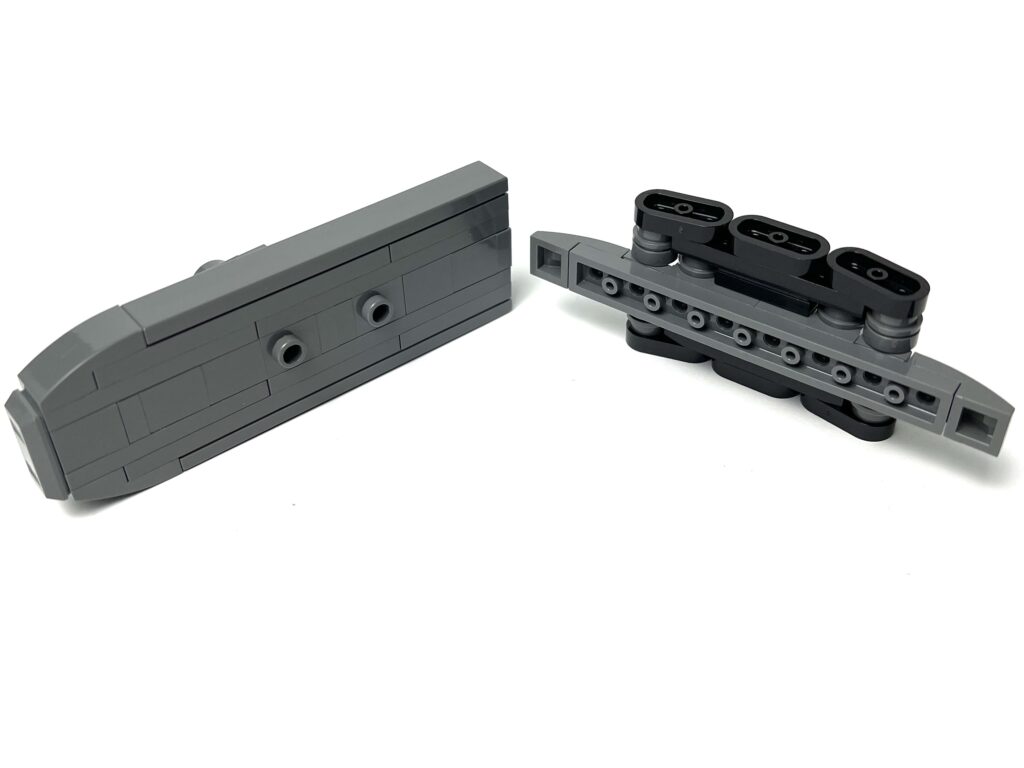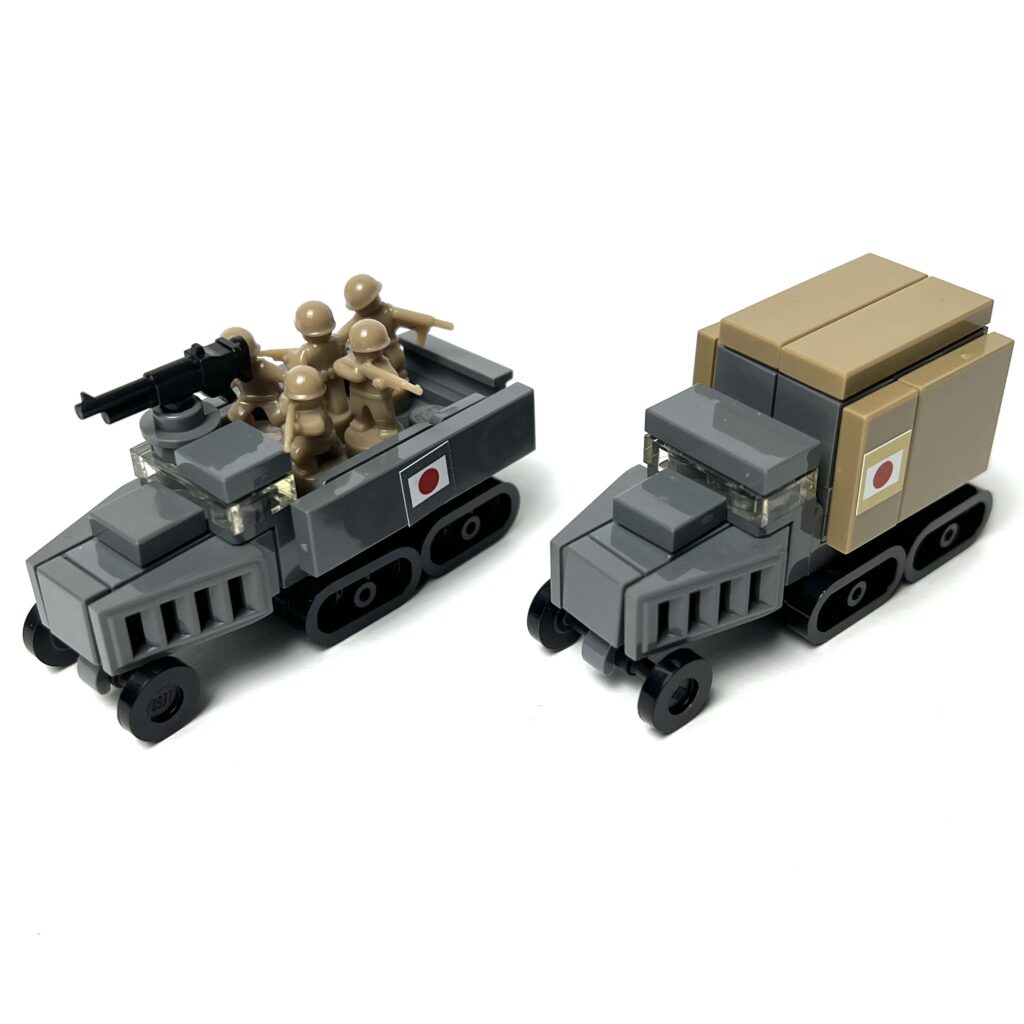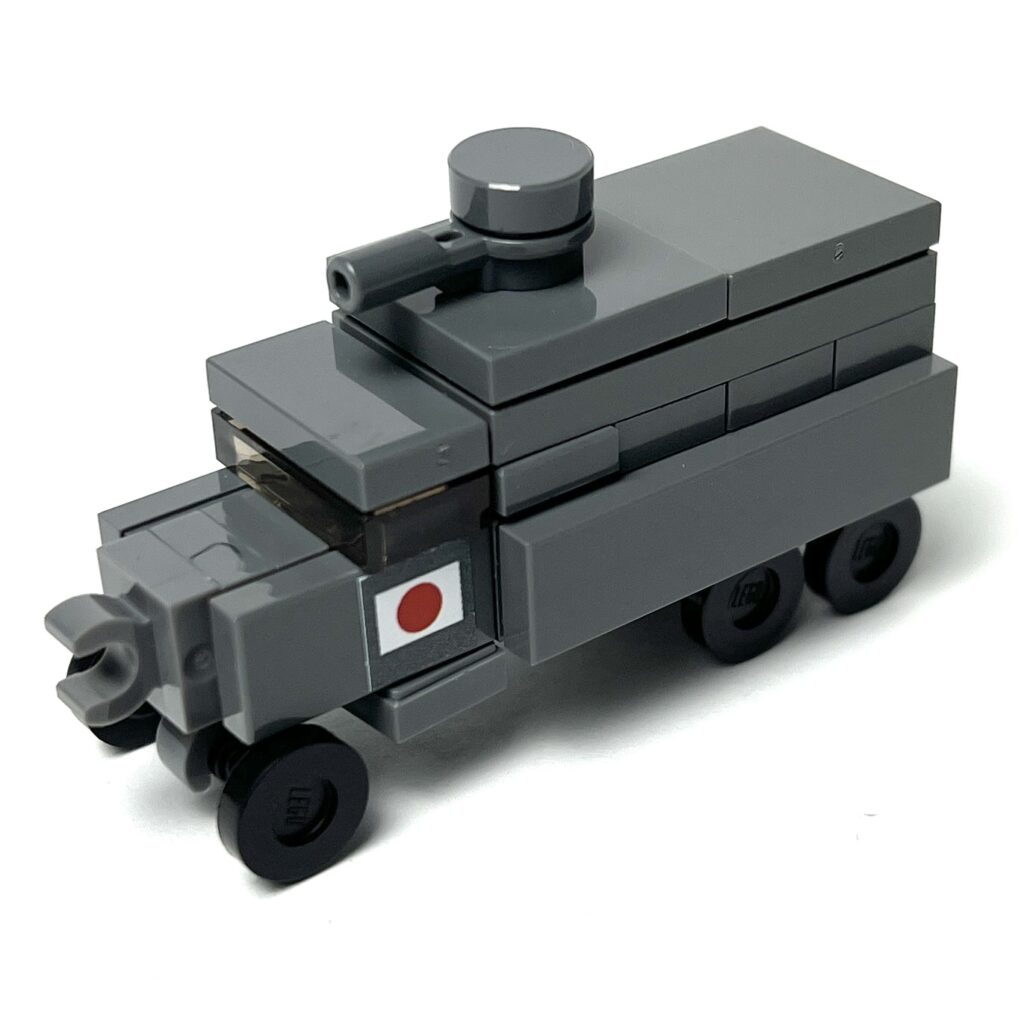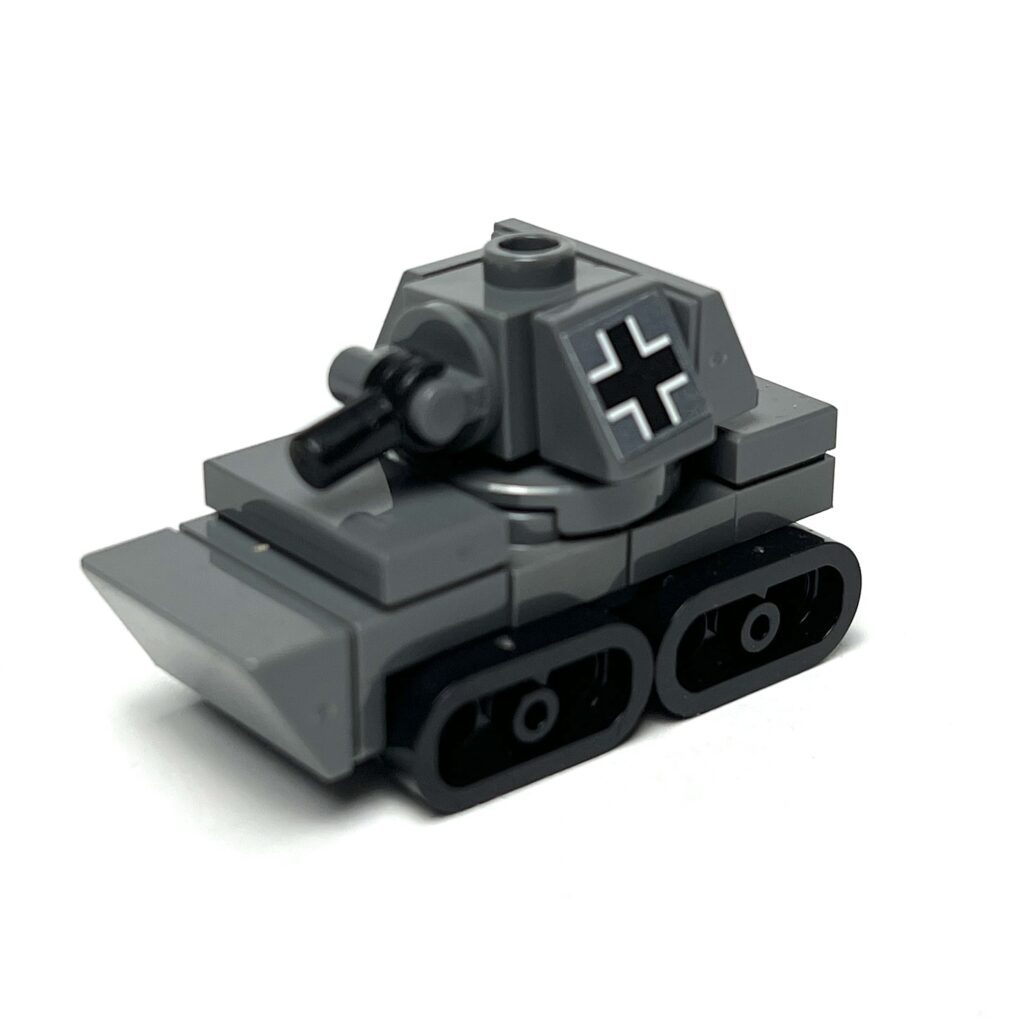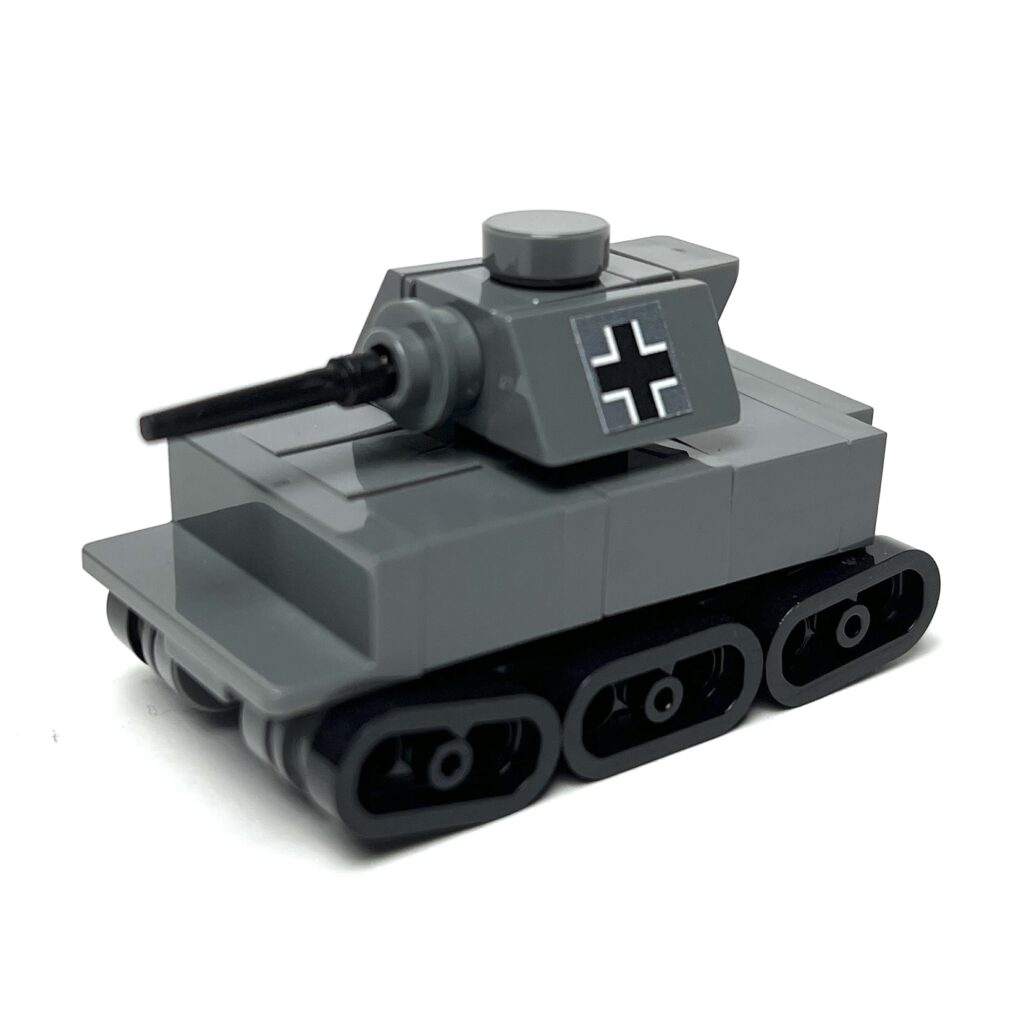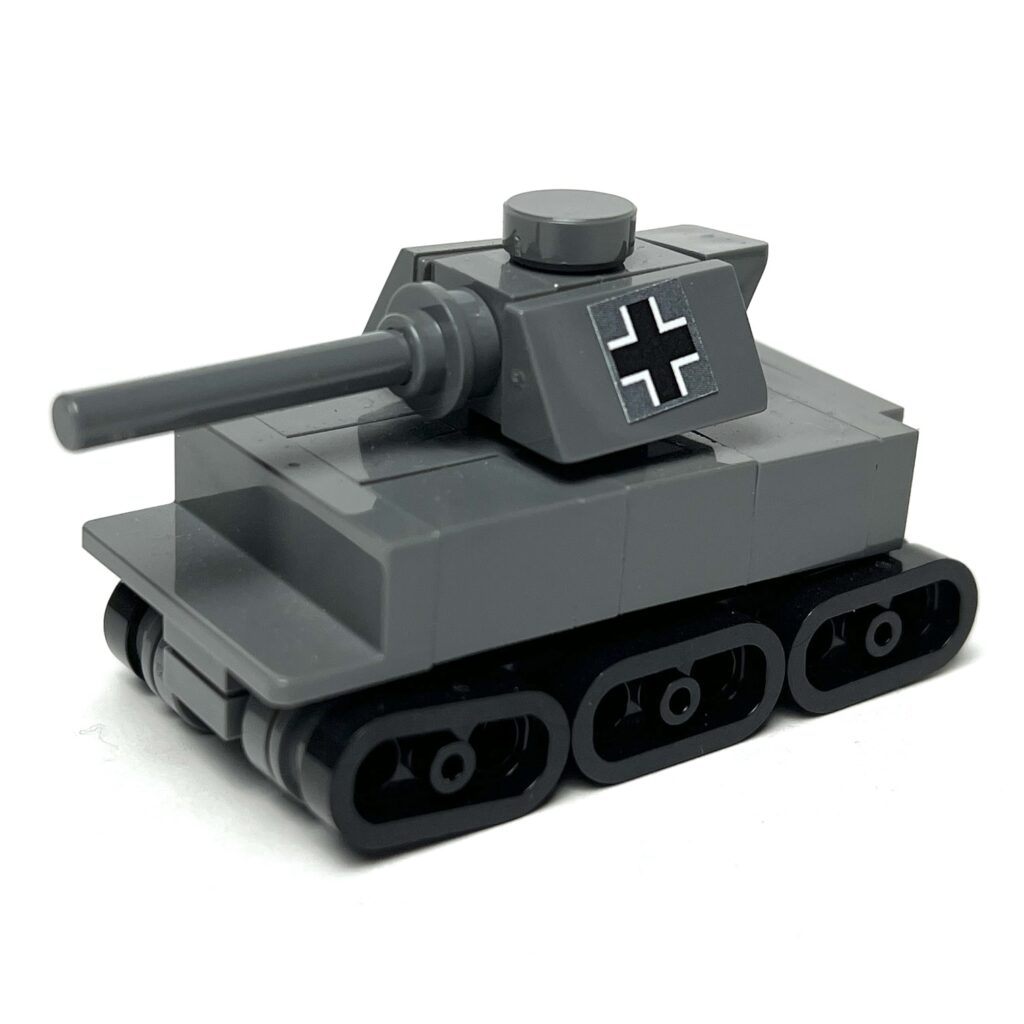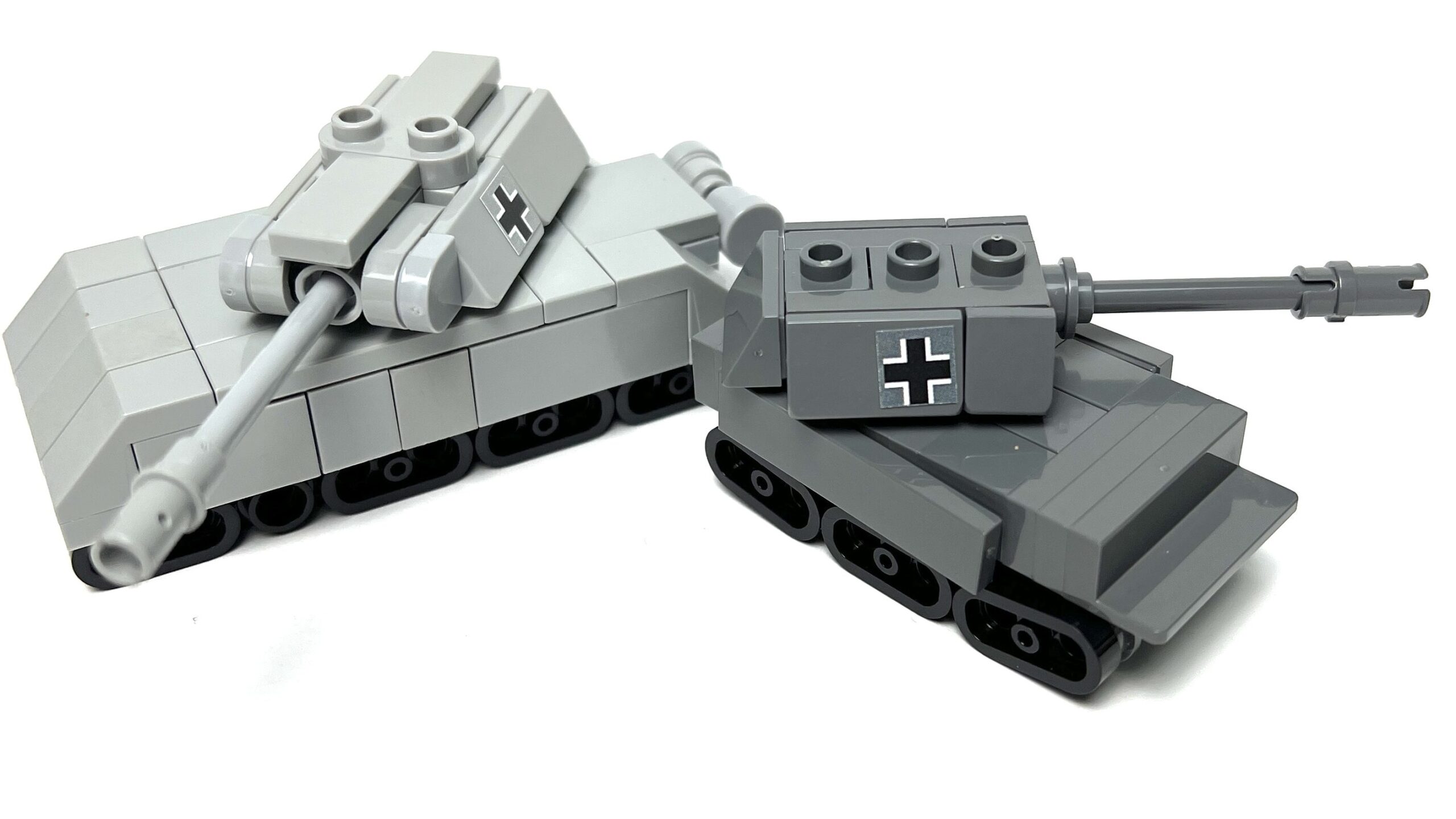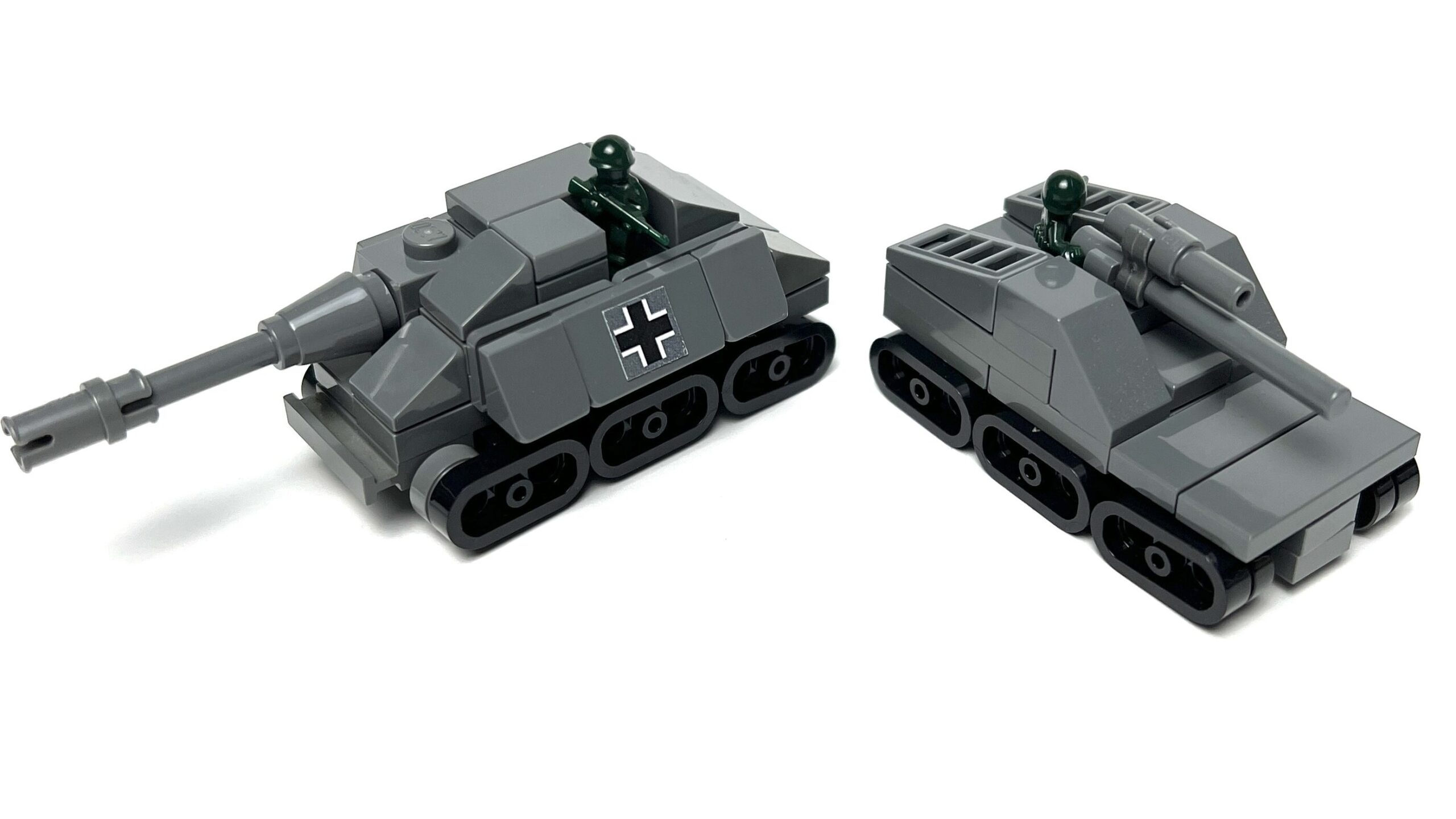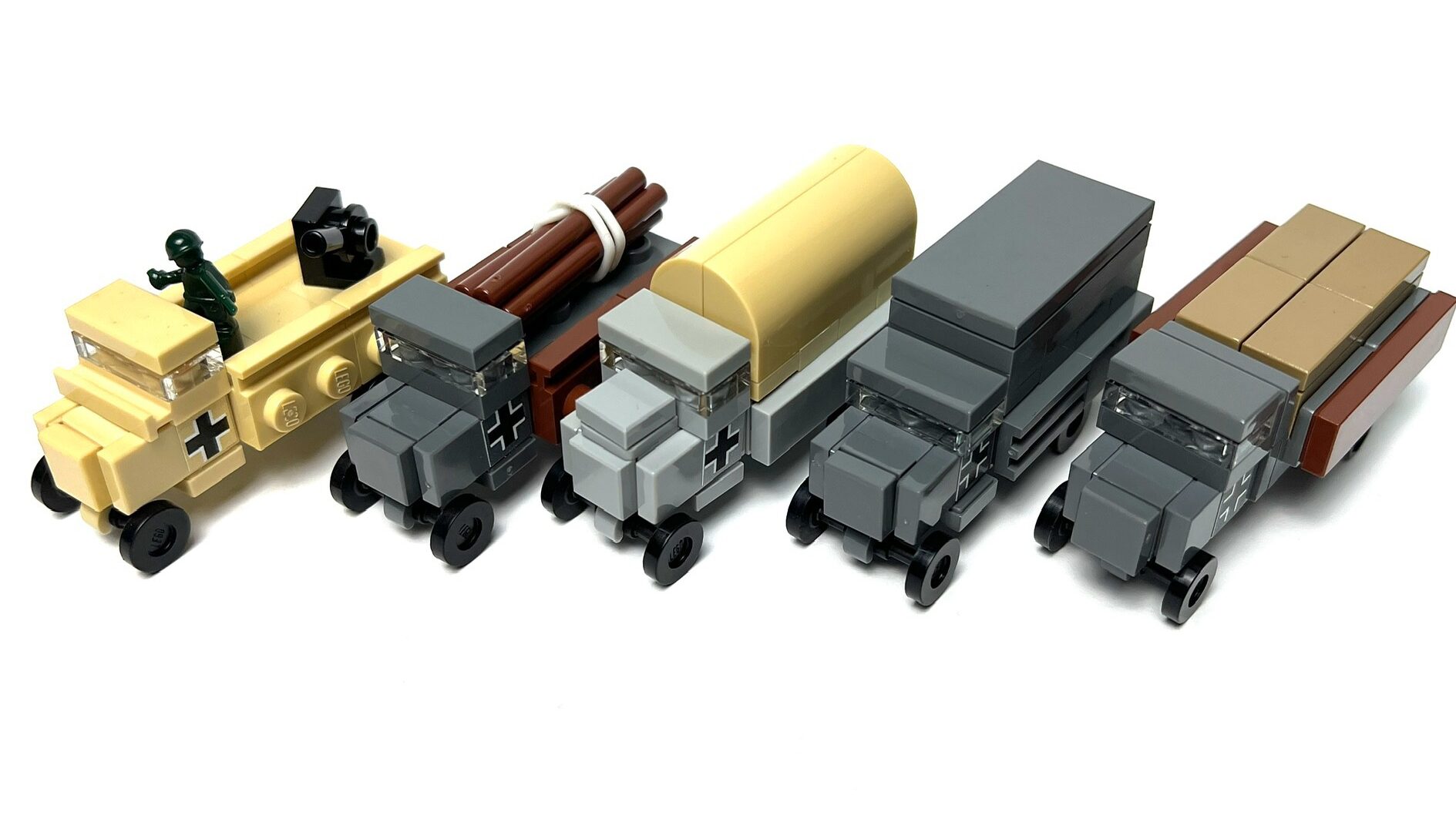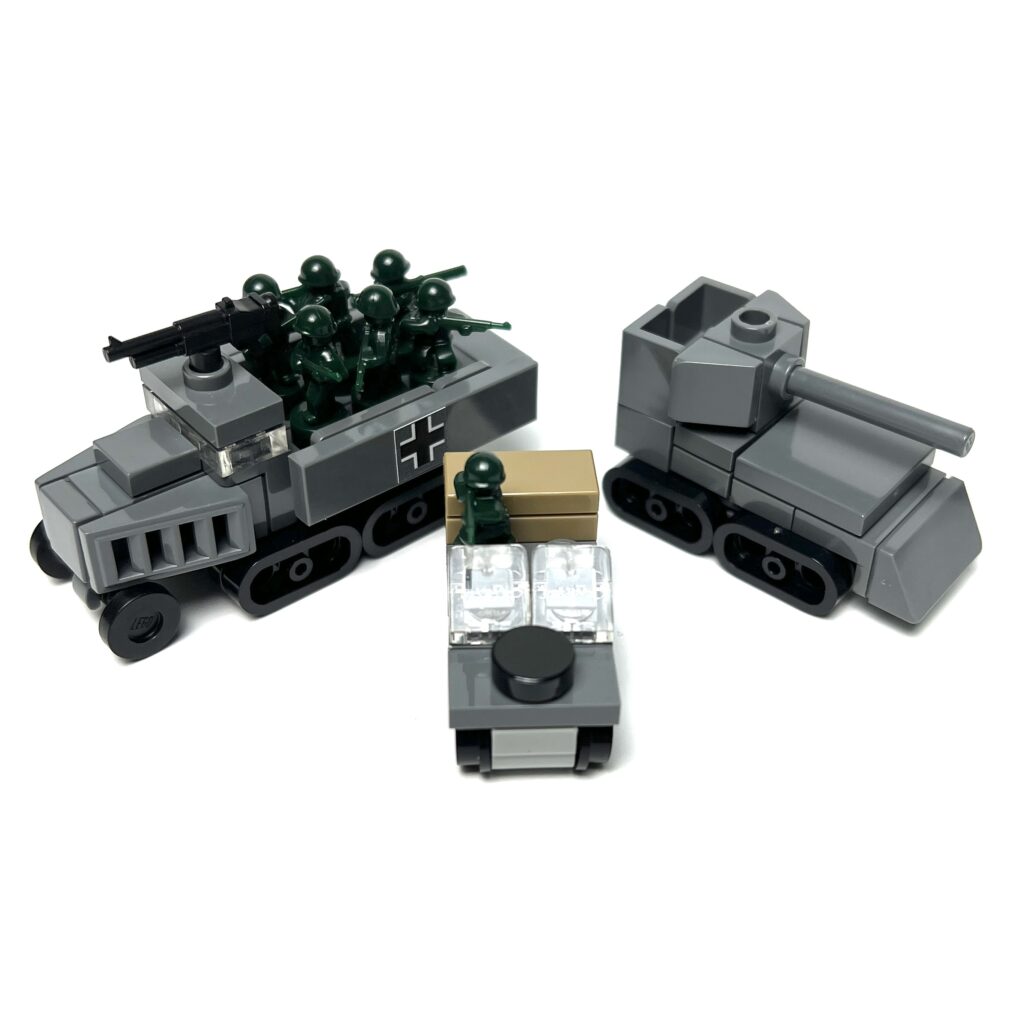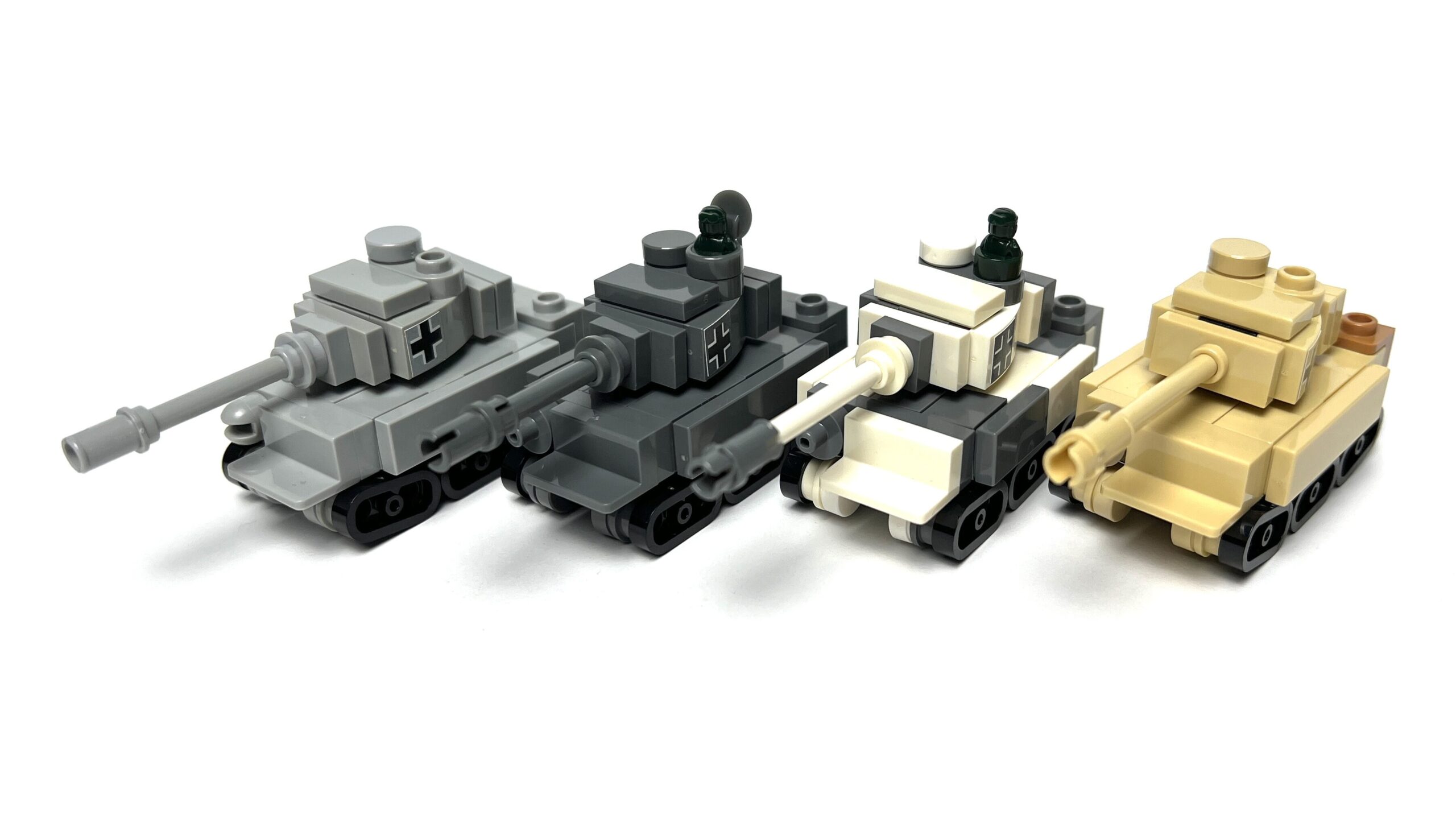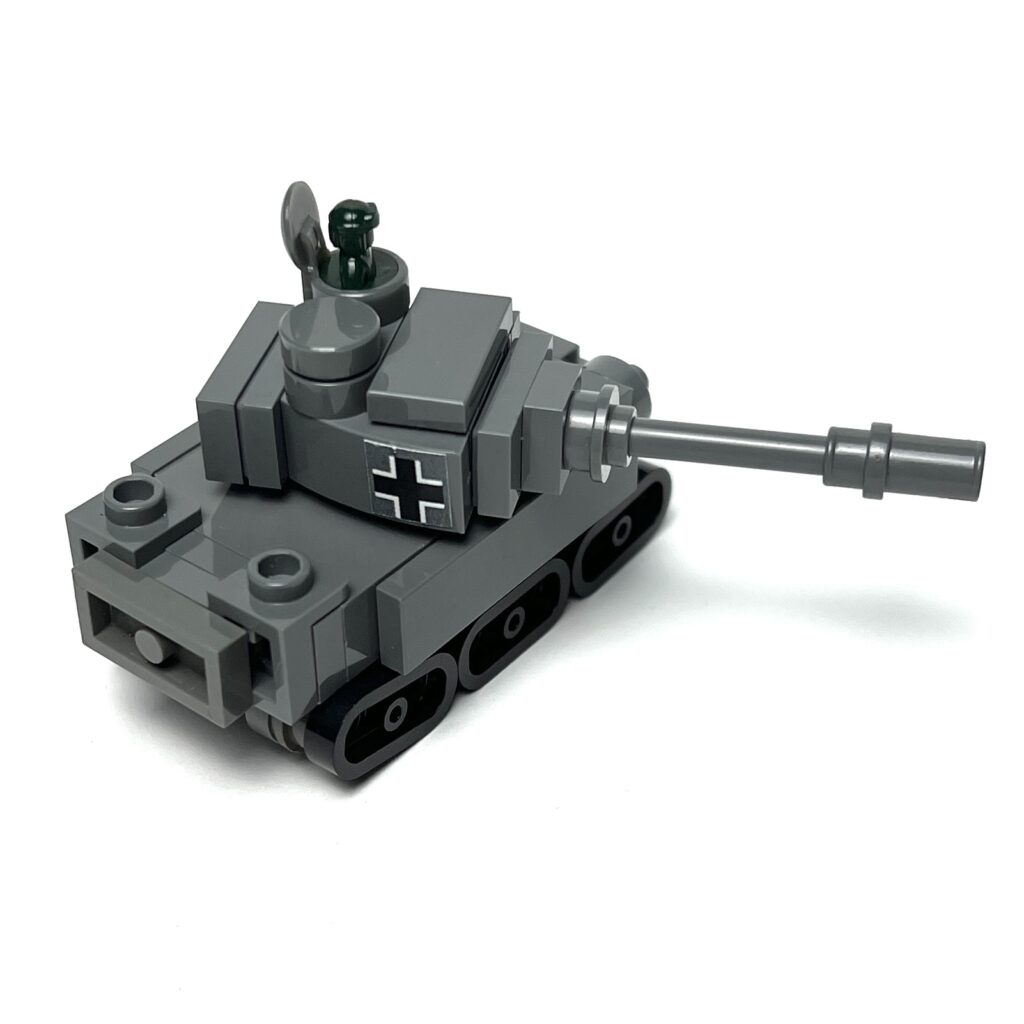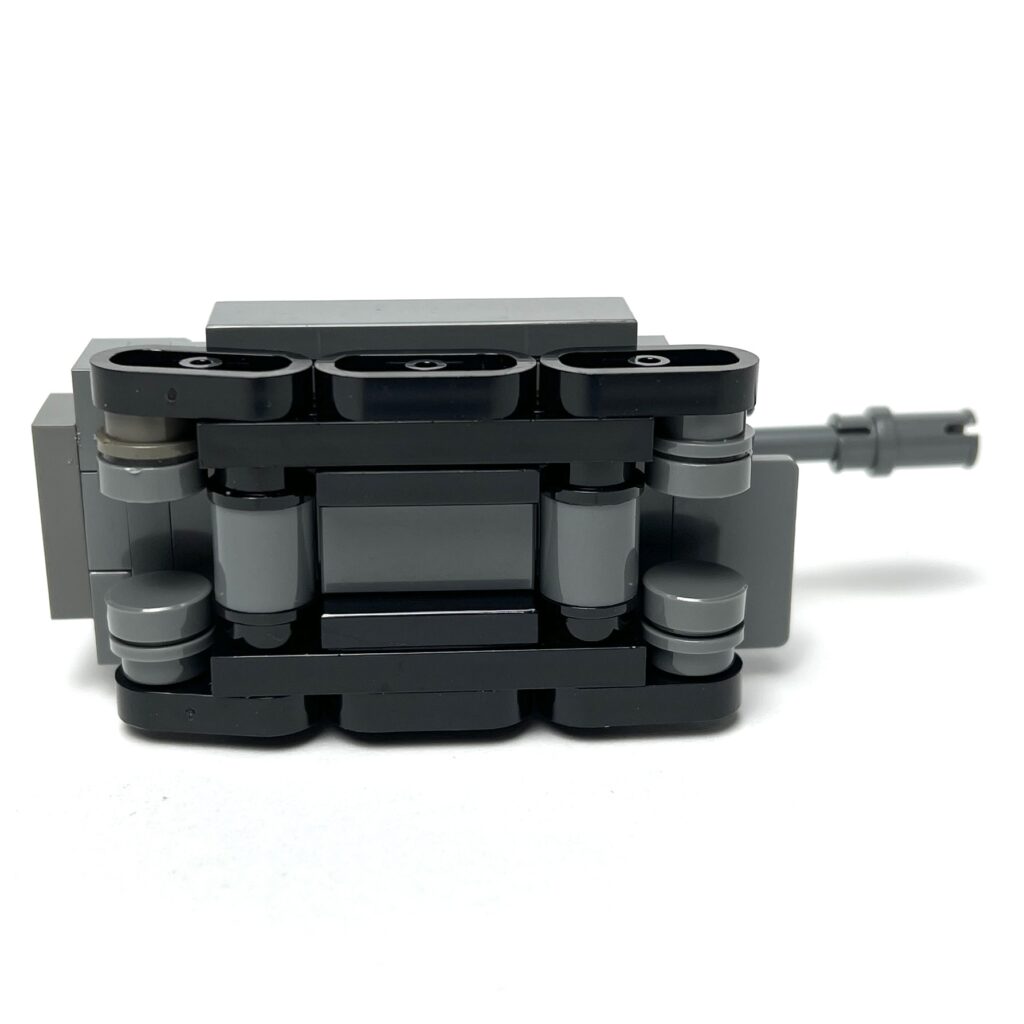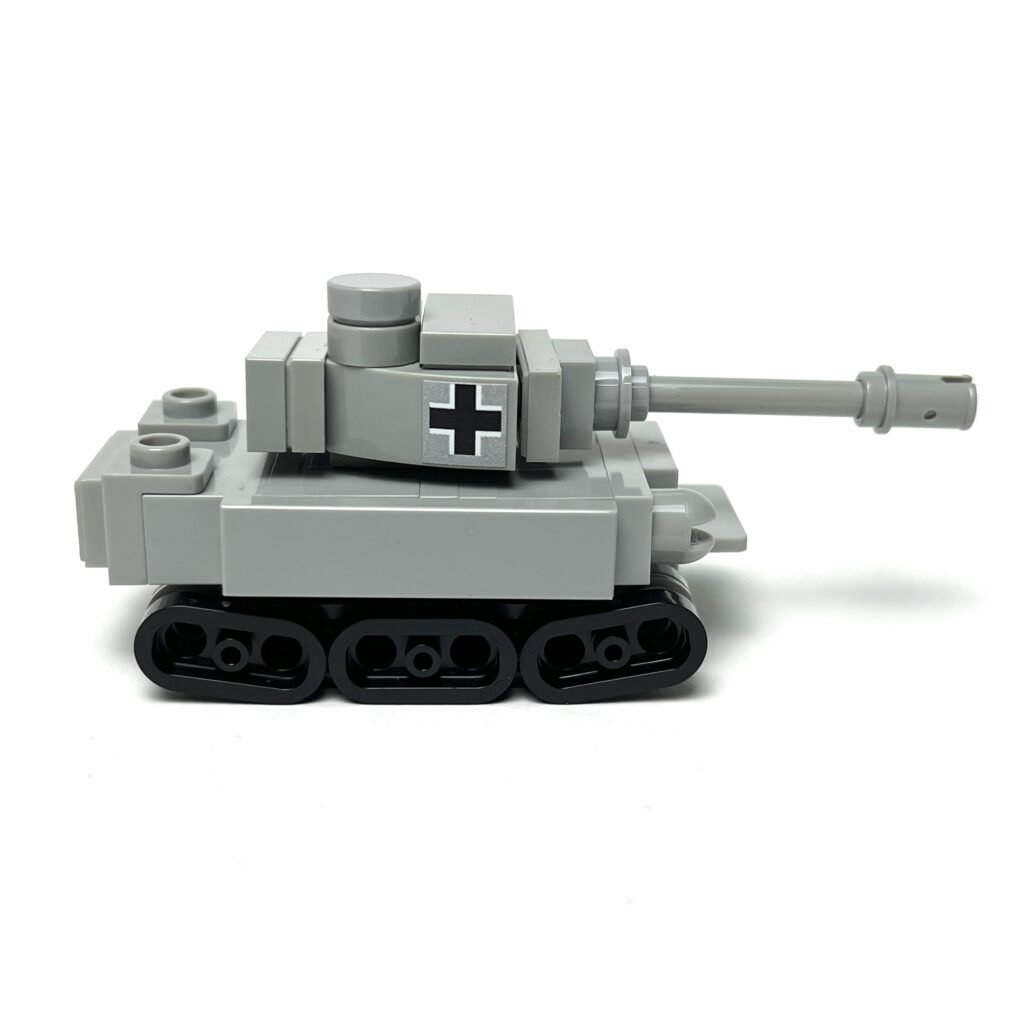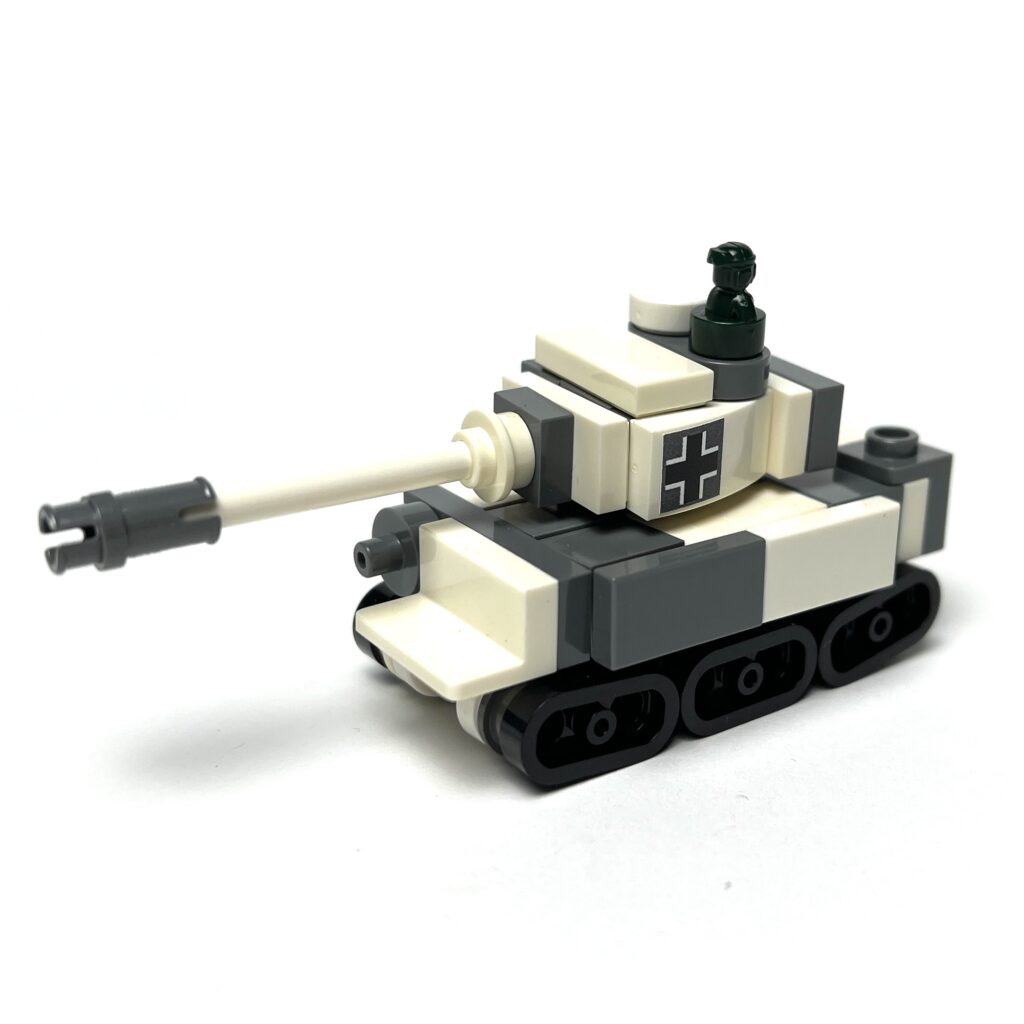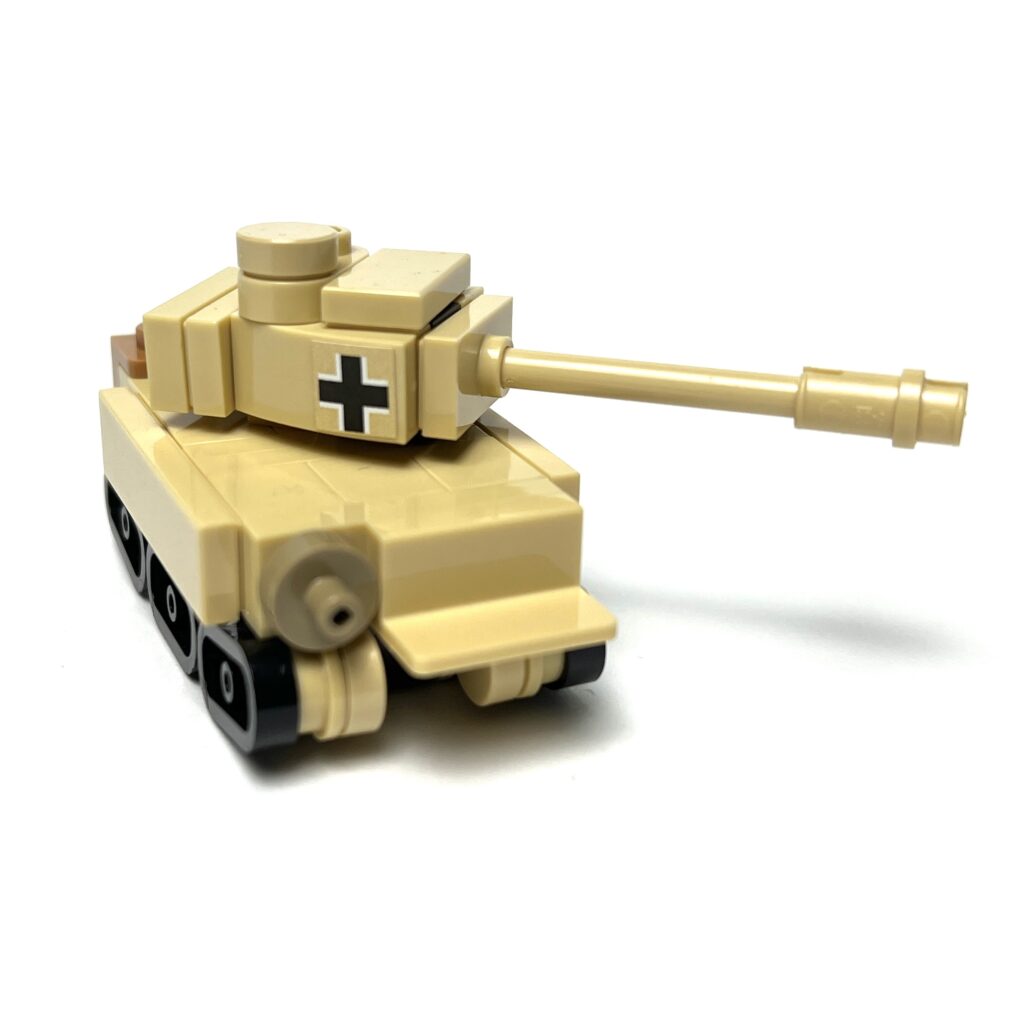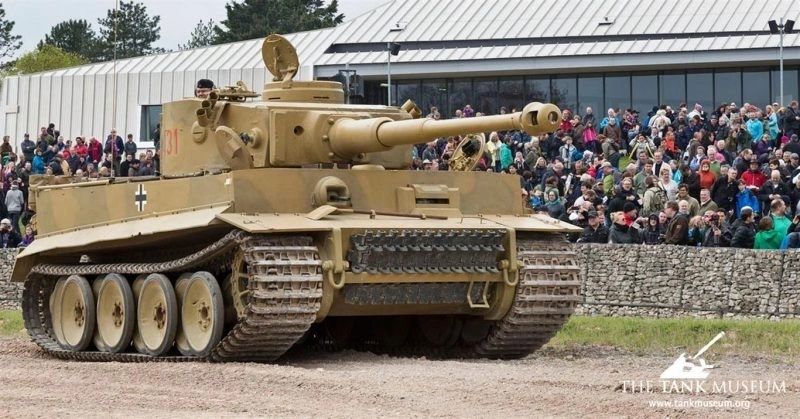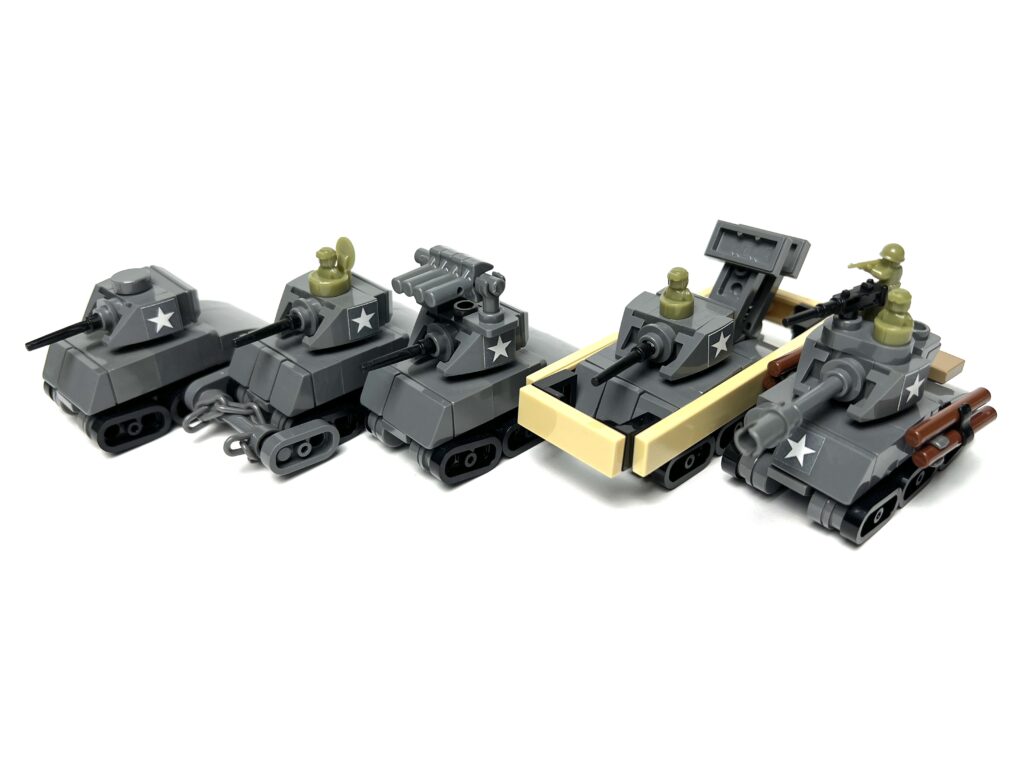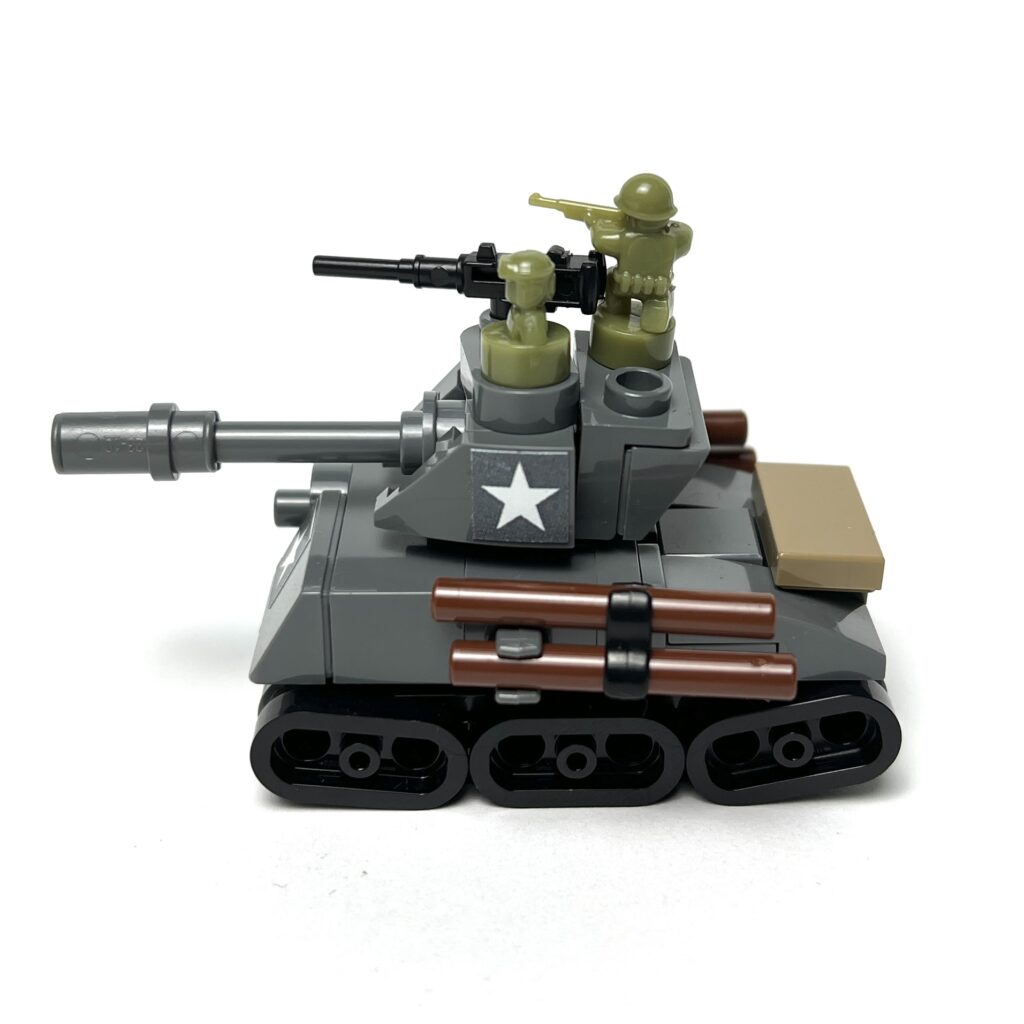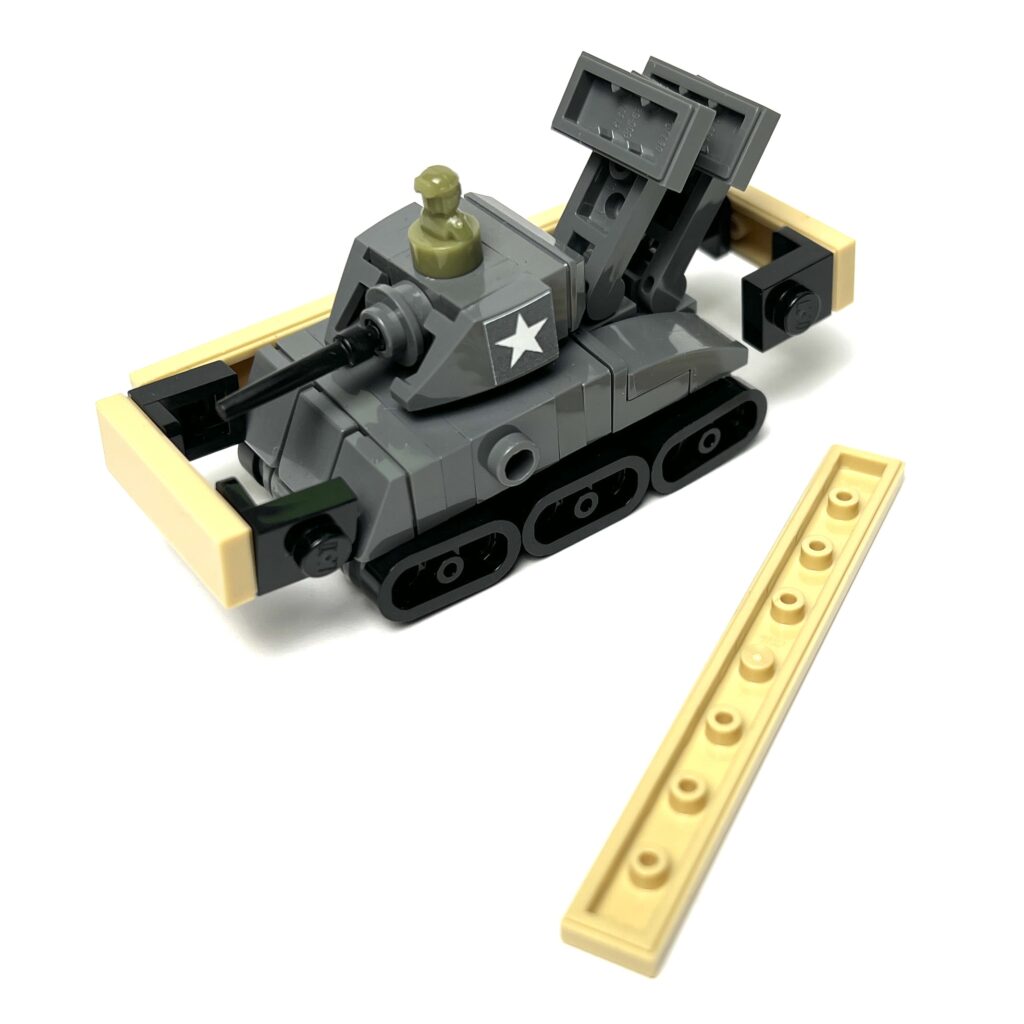Looking back to iconic World War II armor, the German Panzers and Soviet T-34s often come to mind first. But the British Army brought its own steel guns to the battlefield, combining ingenuity with resilience. I’ve recreated some of these legendary vehicles in LEGO, and you can check out the builds, photos, and tutorials below.
Cromwell Tank
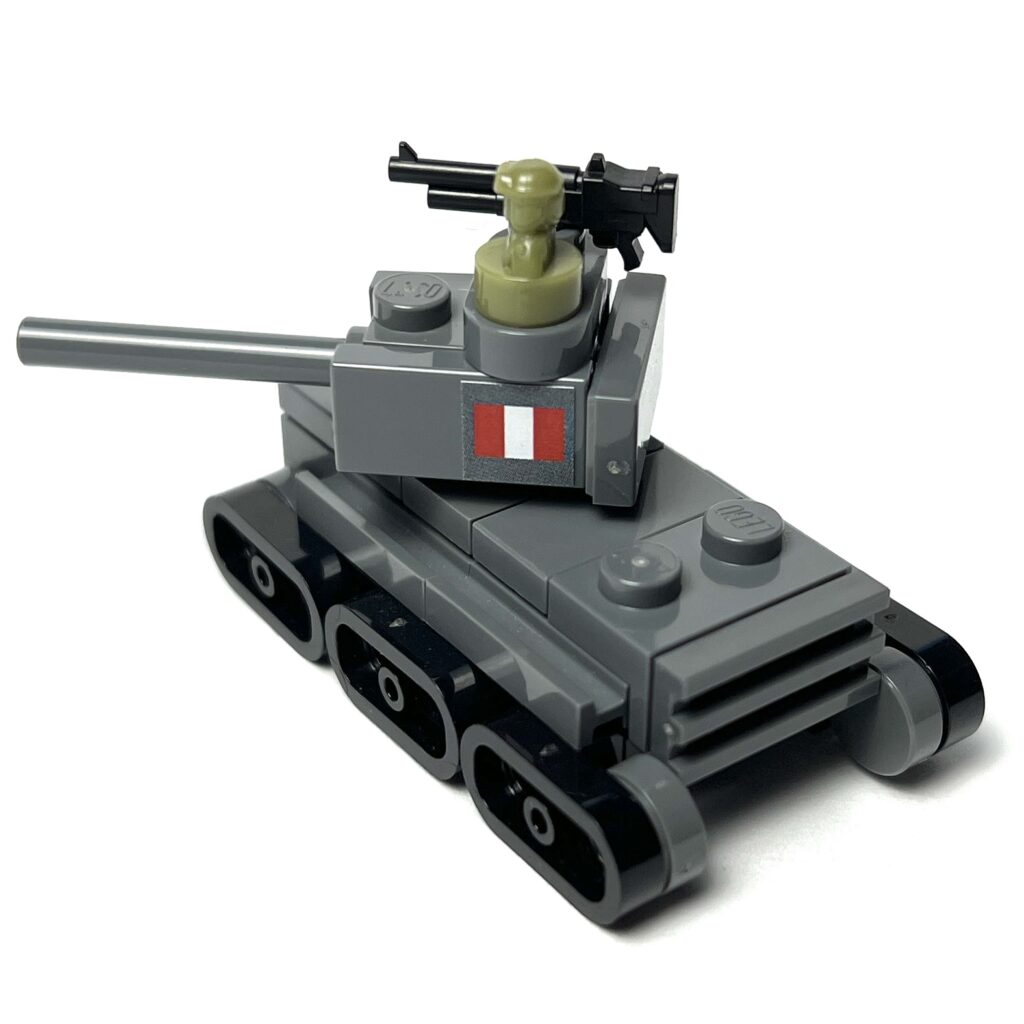
Fast, reliable, and one of the most successful British tanks of the war, the Cromwell could keep pace with Allied advances after D-Day. Its speed made it perfect for reconnaissance and flanking maneuvers, while its 75mm gun was a solid upgrade from earlier British armor. My LEGO version captures its low profile and sleek design.
Matilda II
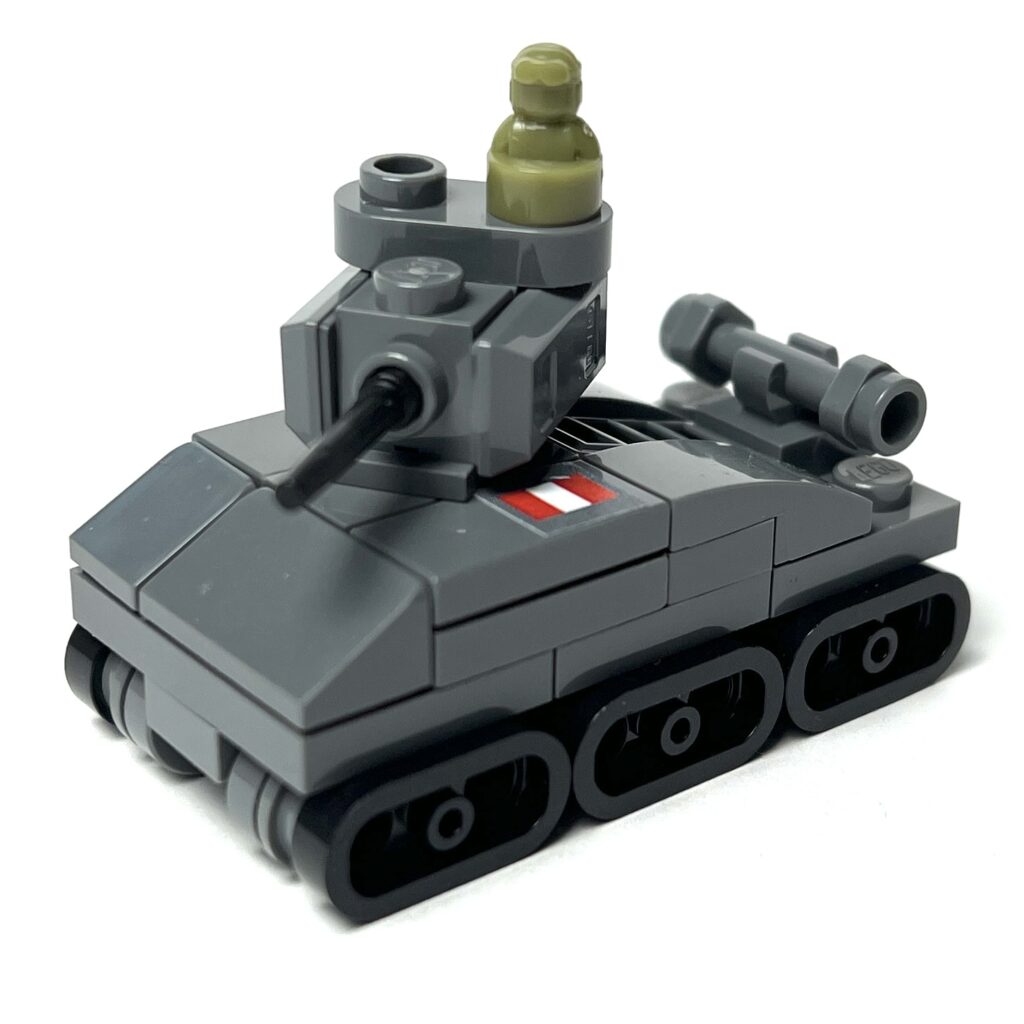
Nicknamed the “Queen of the Desert,” the Matilda II was heavily armored and played a crucial role in the North African Campaign. While it was slow, its thick armor could withstand most early German anti-tank weapons, making it a formidable presence on the battlefield. Building this in LEGO meant emphasizing its bulky body and heavy track design. I like the use of the lightsaber hilt at the back to represent oil drums.
Sherman Firefly

Perhaps the most famous British modification of an American tank, the Sherman Firefly packed a powerful 17-pounder gun capable of taking out even the dreaded Tiger I. Crews had to be clever about disguising it so the long barrel didn’t make it a target, but when it opened fire, it was a game-changer. My LEGO build highlights that distinctive gun barrel — the Firefly’s defining feature, with the use of 1×4 bar with a techic pin.
Universal (Bren) Carrier
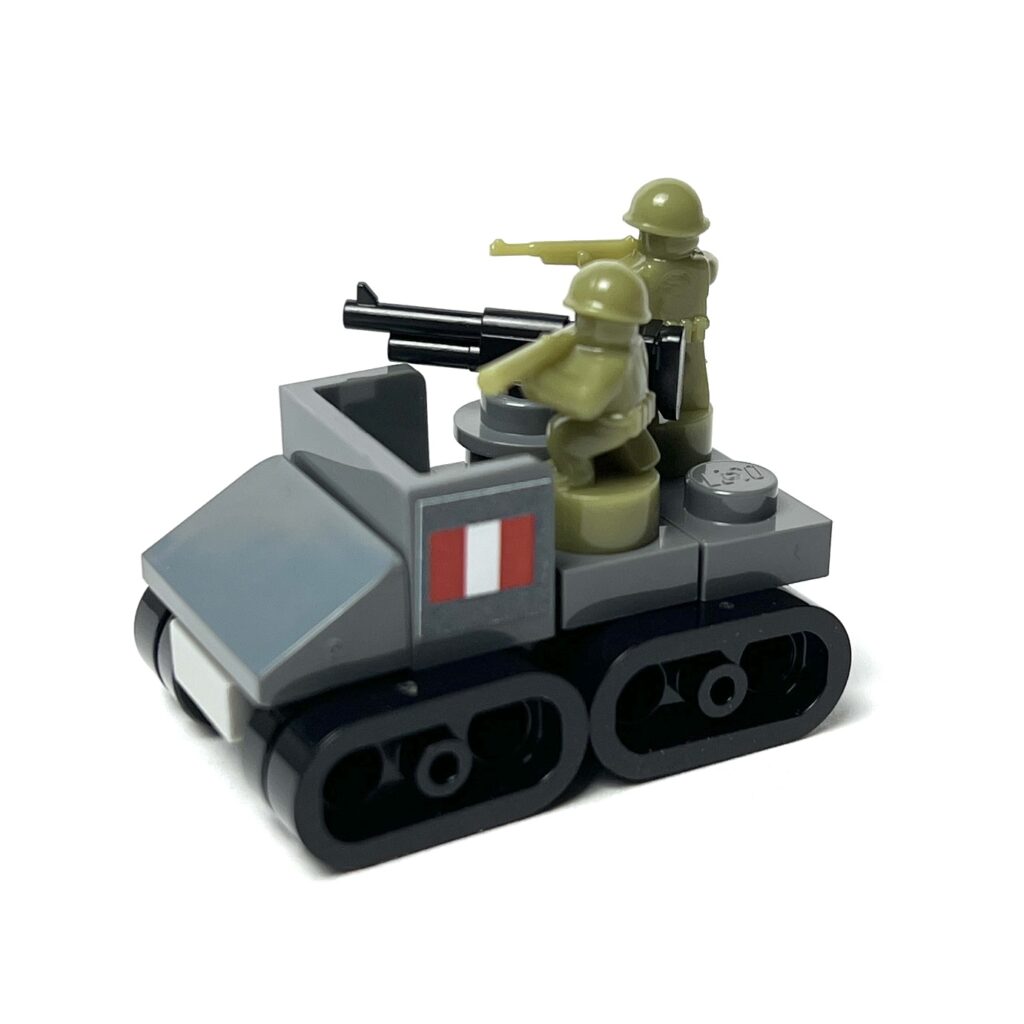
Small but incredibly useful, the Universal Carrier — often called the Bren Carrier — was one of the most produced armored vehicles of WWII. It wasn’t just for combat; it carried troops, supplies, and even towed small guns. Its versatility made it a backbone of British mechanized infantry support. Below you can see how it attaches together, only possible because of the middle stud under the 1×2 plate.
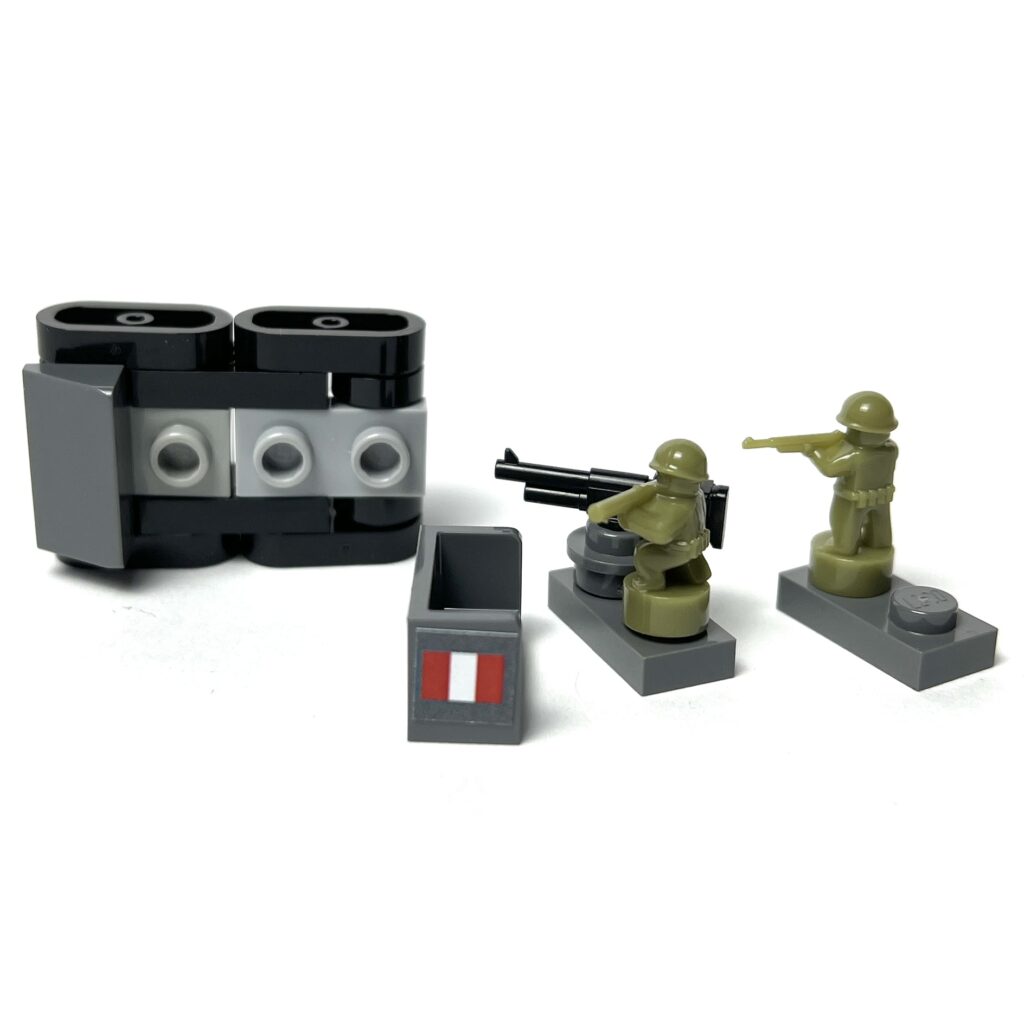
Churchill Tank
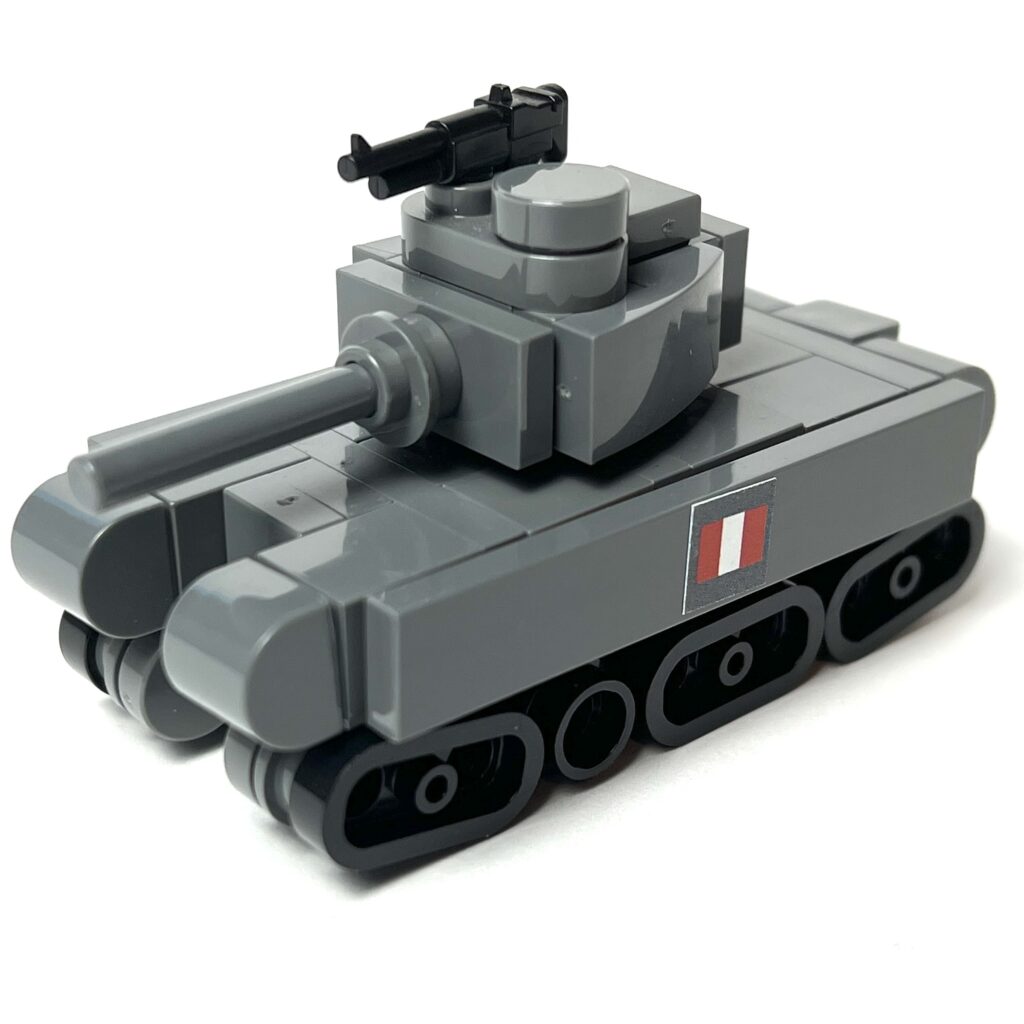
The Churchill was one of Britain’s heaviest and most versatile tanks. With thick armor and multiple variants, it could serve as a traditional tank, an engineering vehicle, or even carry flamethrowers. While not the fastest, its ability to cross difficult terrain made it a valuable workhorse in many campaigns. My LEGO model focuses on its distinctive long chassis with rounded edges.
Sexton Self-Propelled Gun
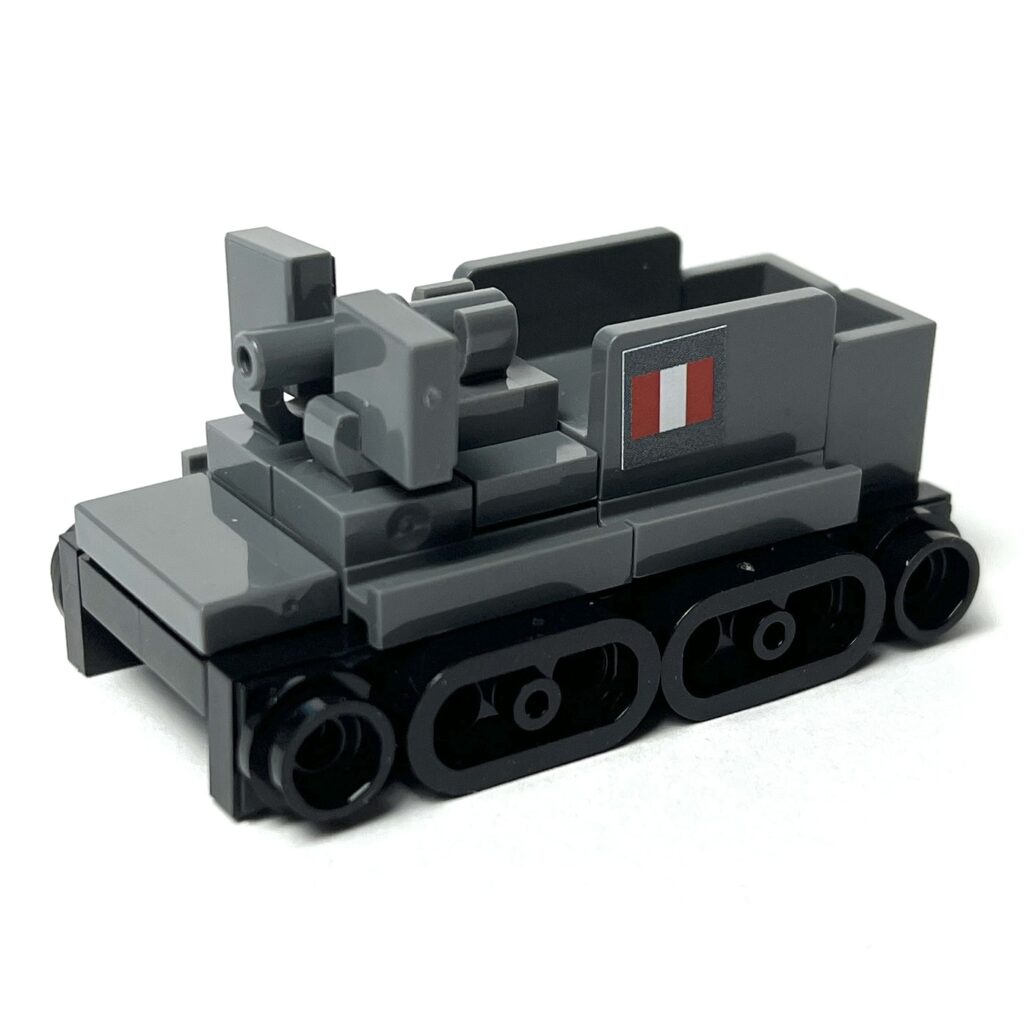
Built on the Canadian Ram tank chassis, the Sexton gave British and Commonwealth forces much-needed mobile artillery support. Armed with the reliable 25-pounder gun, it could keep pace with advancing troops and deliver powerful indirect fire. Unlike towed artillery, the Sexton could relocate quickly — making it invaluable in fast-moving operations. My LEGO build highlights the open-top fighting compartment and gun layout using bars, clips and 1×1 tiles with perhaps an illegal technique lol.
Bedford Truck
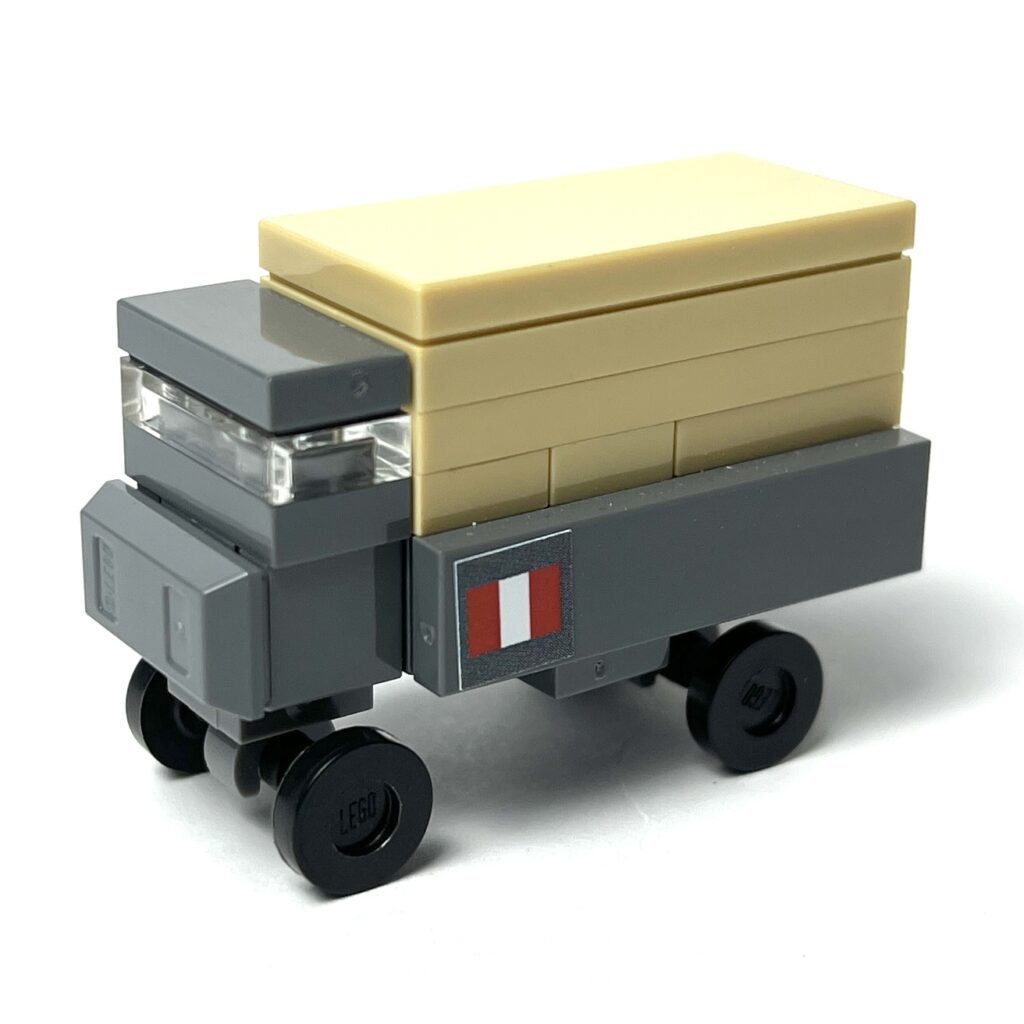
The unsung hero of the British war effort, the Bedford truck was the backbone of logistics. Whether hauling supplies, towing artillery, or transporting troops, these trucks kept the army moving. Without vehicles like the Bedford, the tanks and artillery would never have reached the front lines. My LEGO version captures its boxy cab and sturdy flatbed design, a nod to its role as the lifeline of the army.
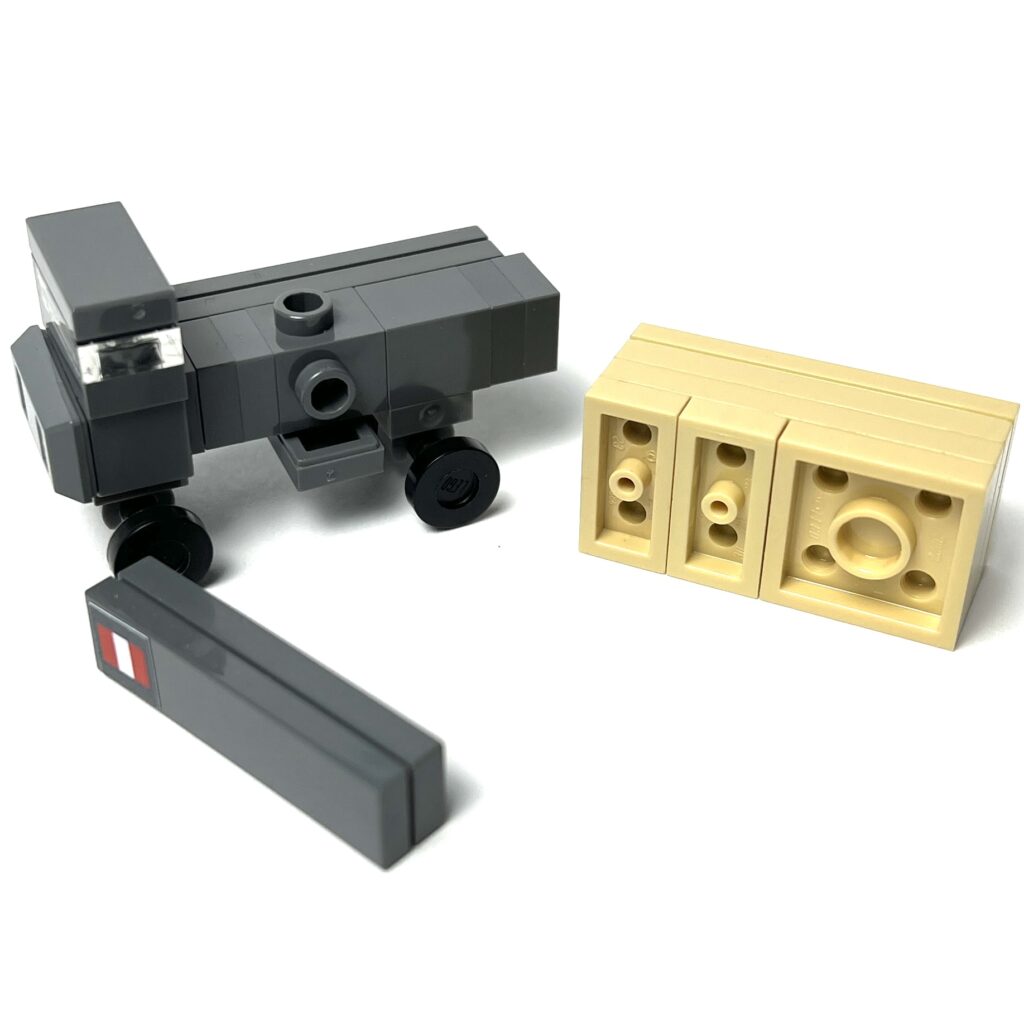
These vehicles show the evolution of British design during the war: from the heavily armored Matilda II, to the versatile Churchill, the fast Cromwell, the deadly Firefly, and the hard-hitting Sexton. And of course, the humble Bren Carrier kept everything moving. Each one played its part in shaping the Allied victory.

